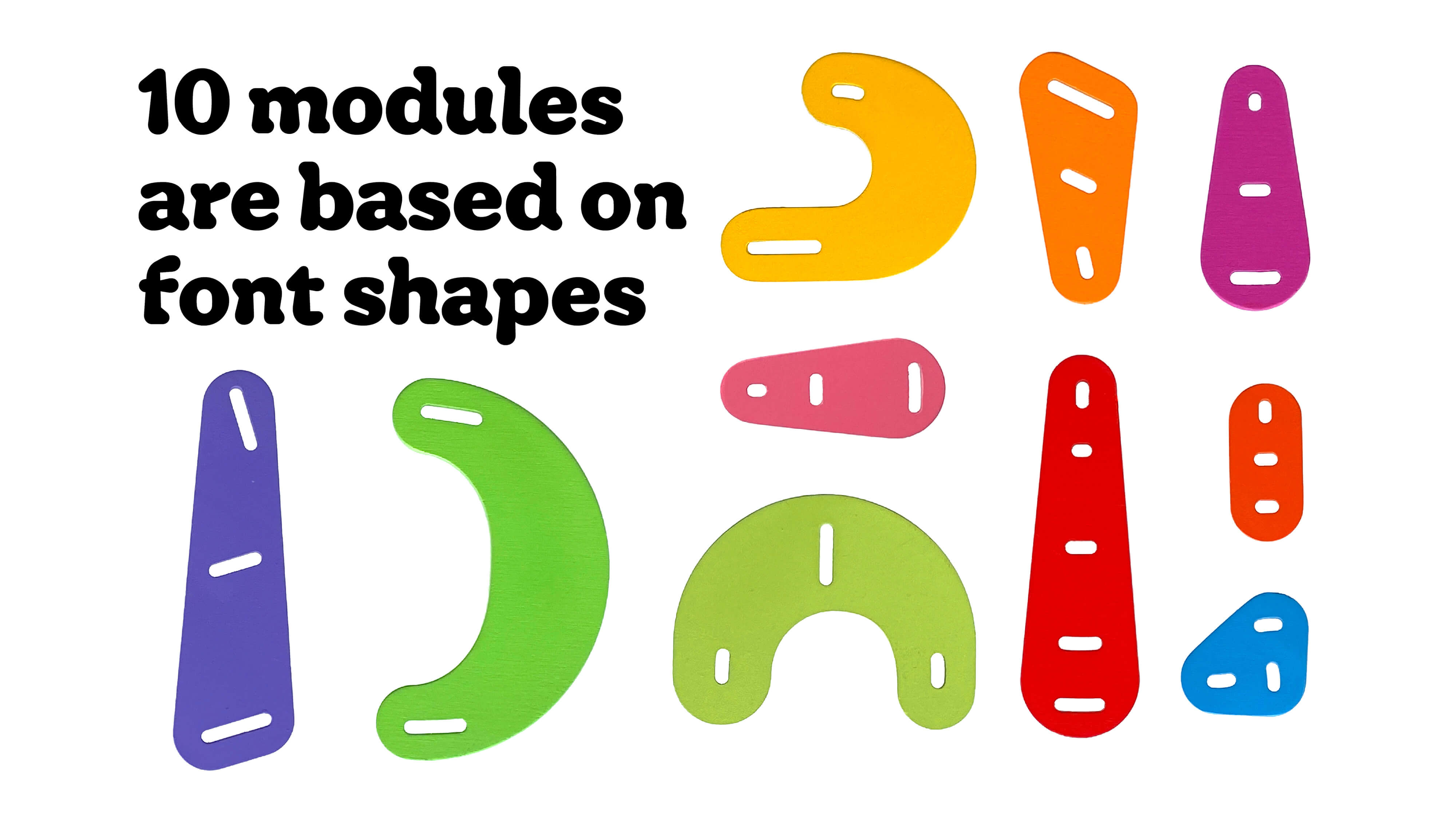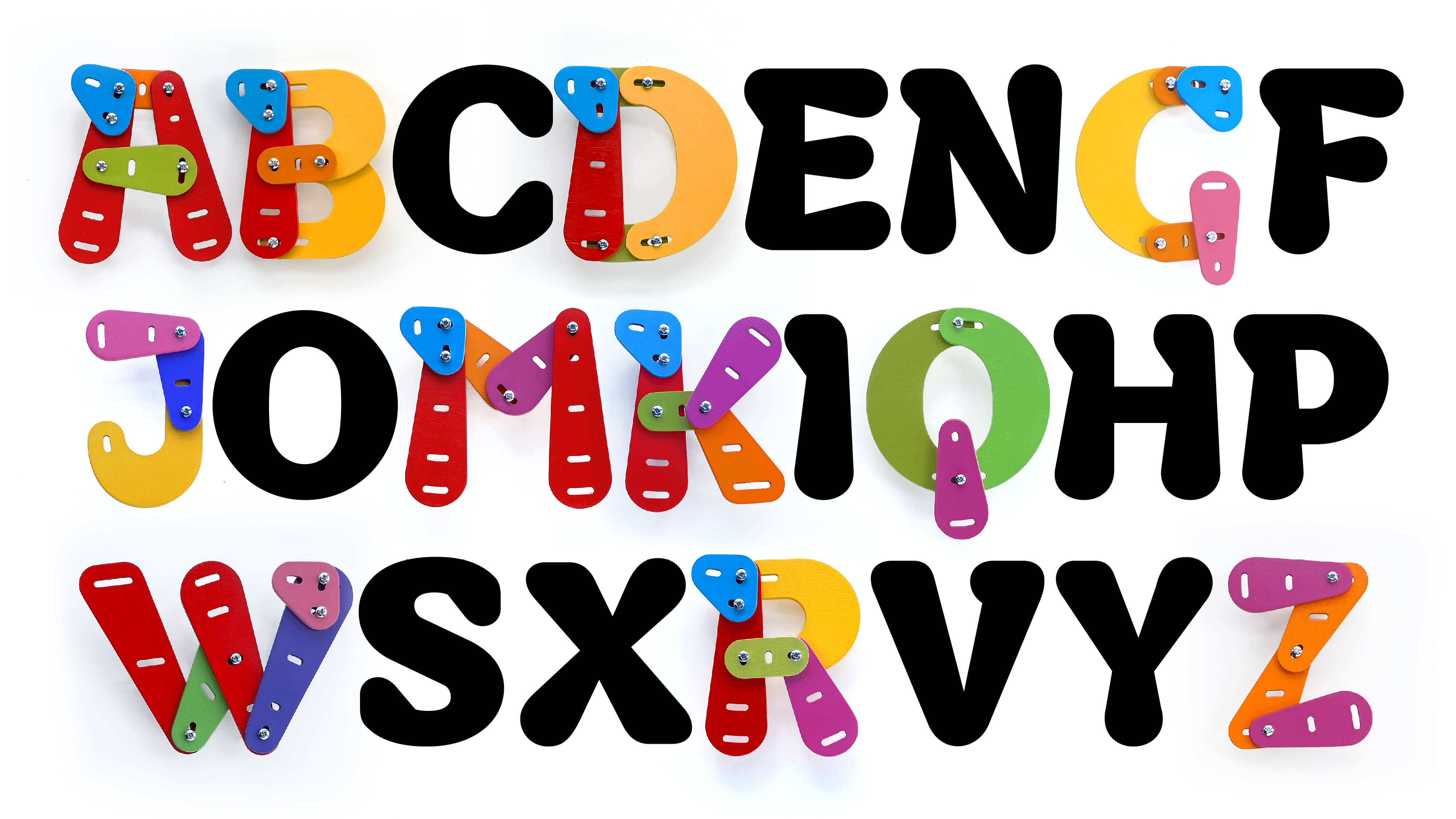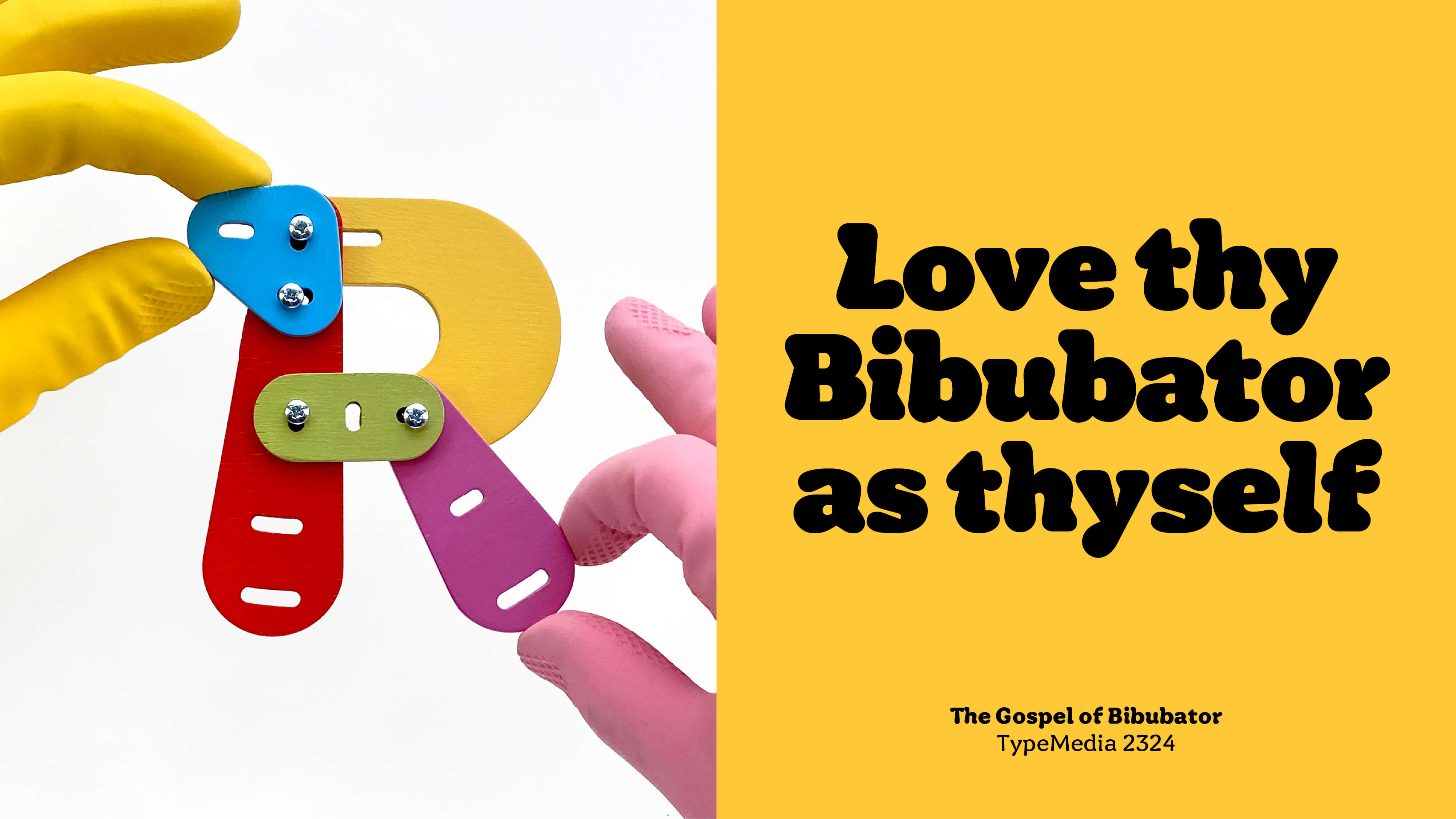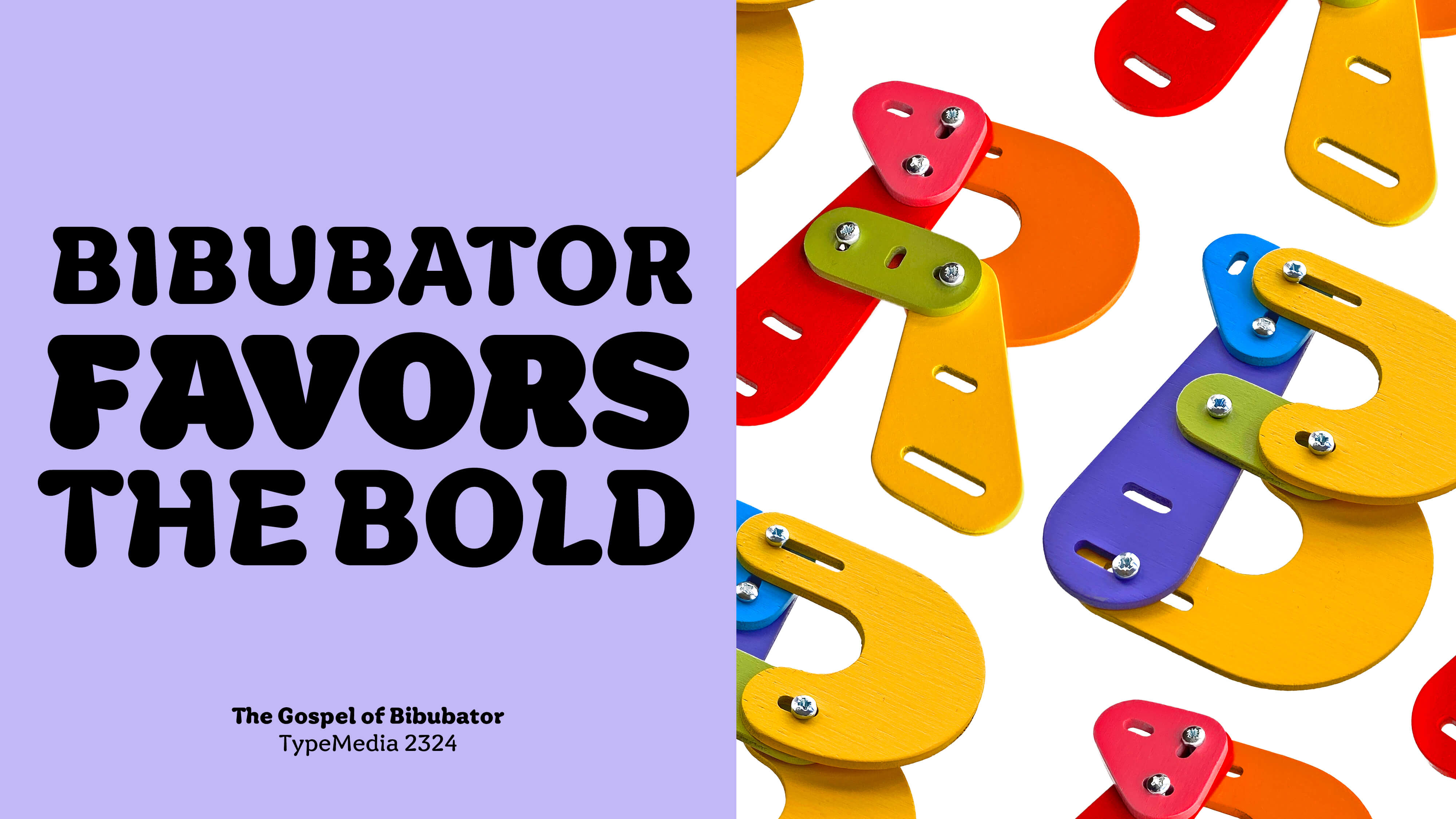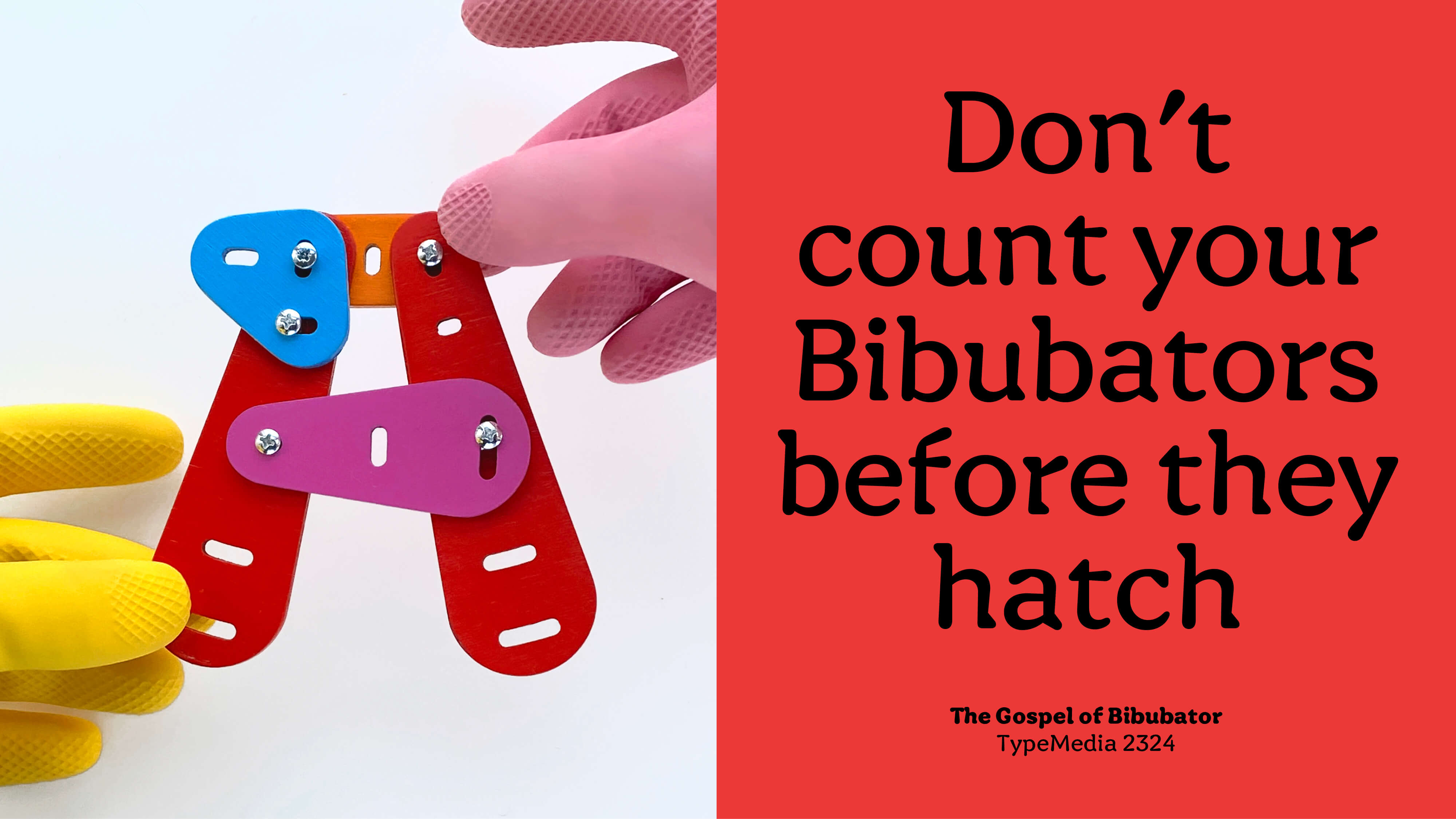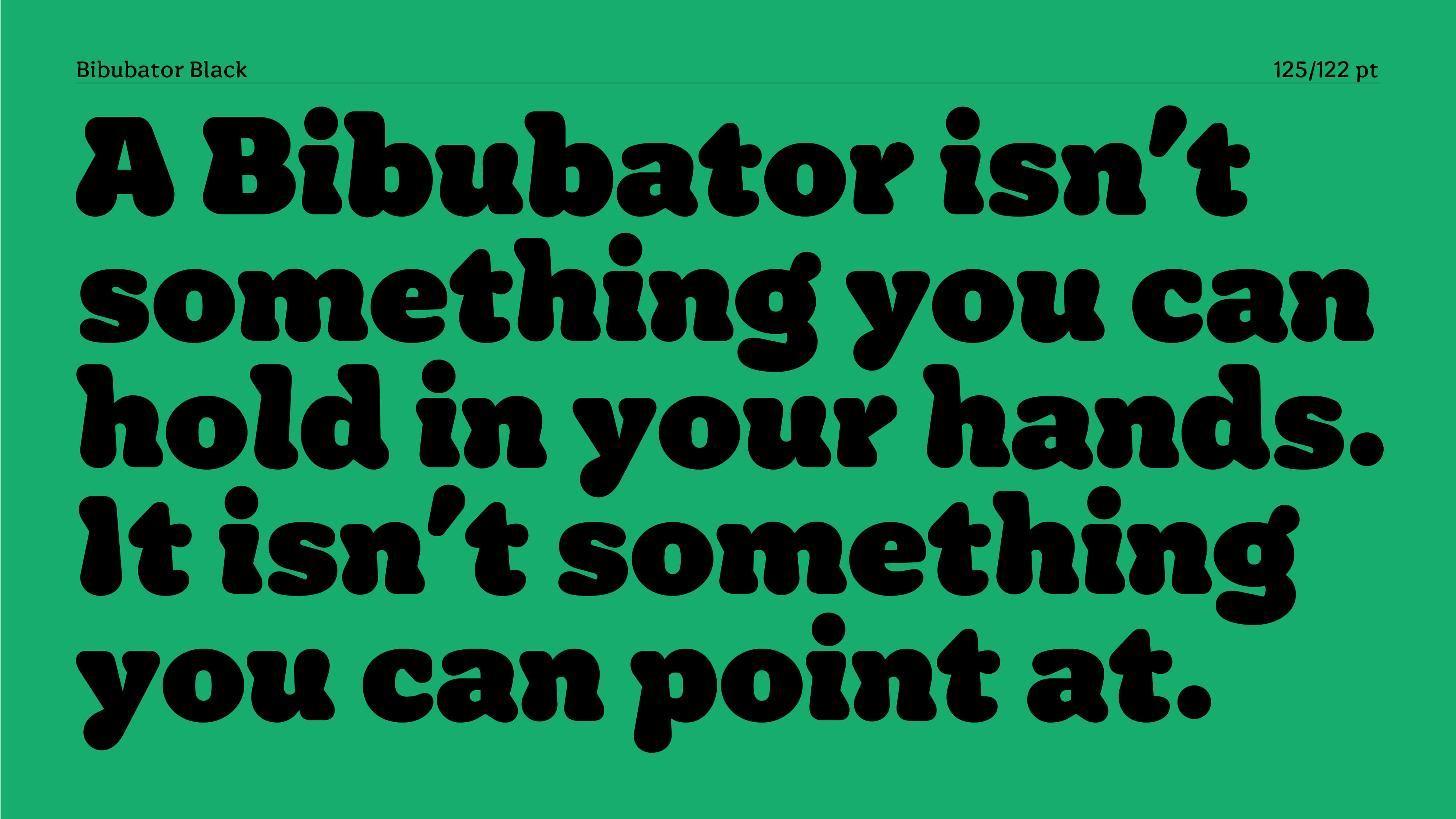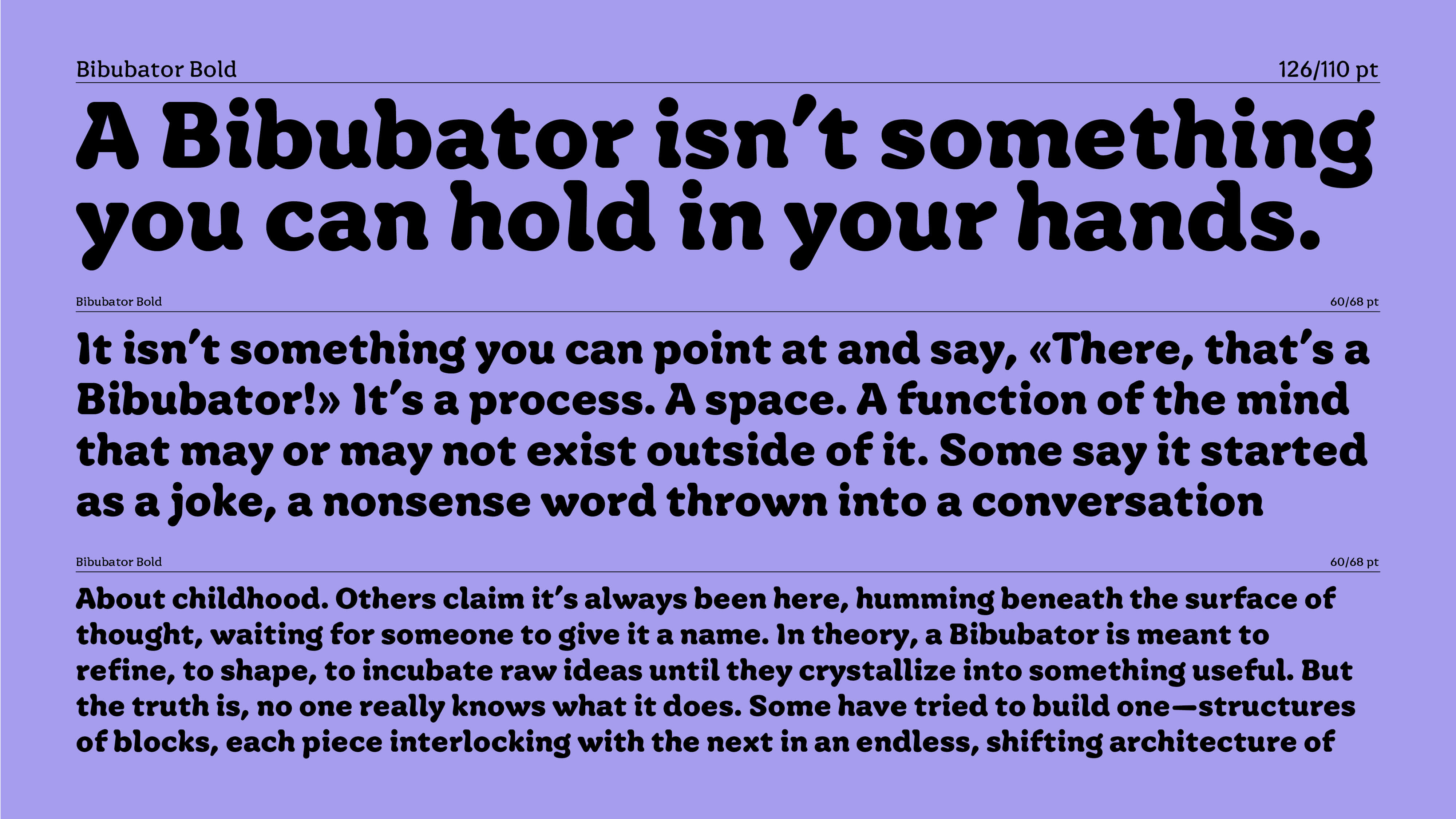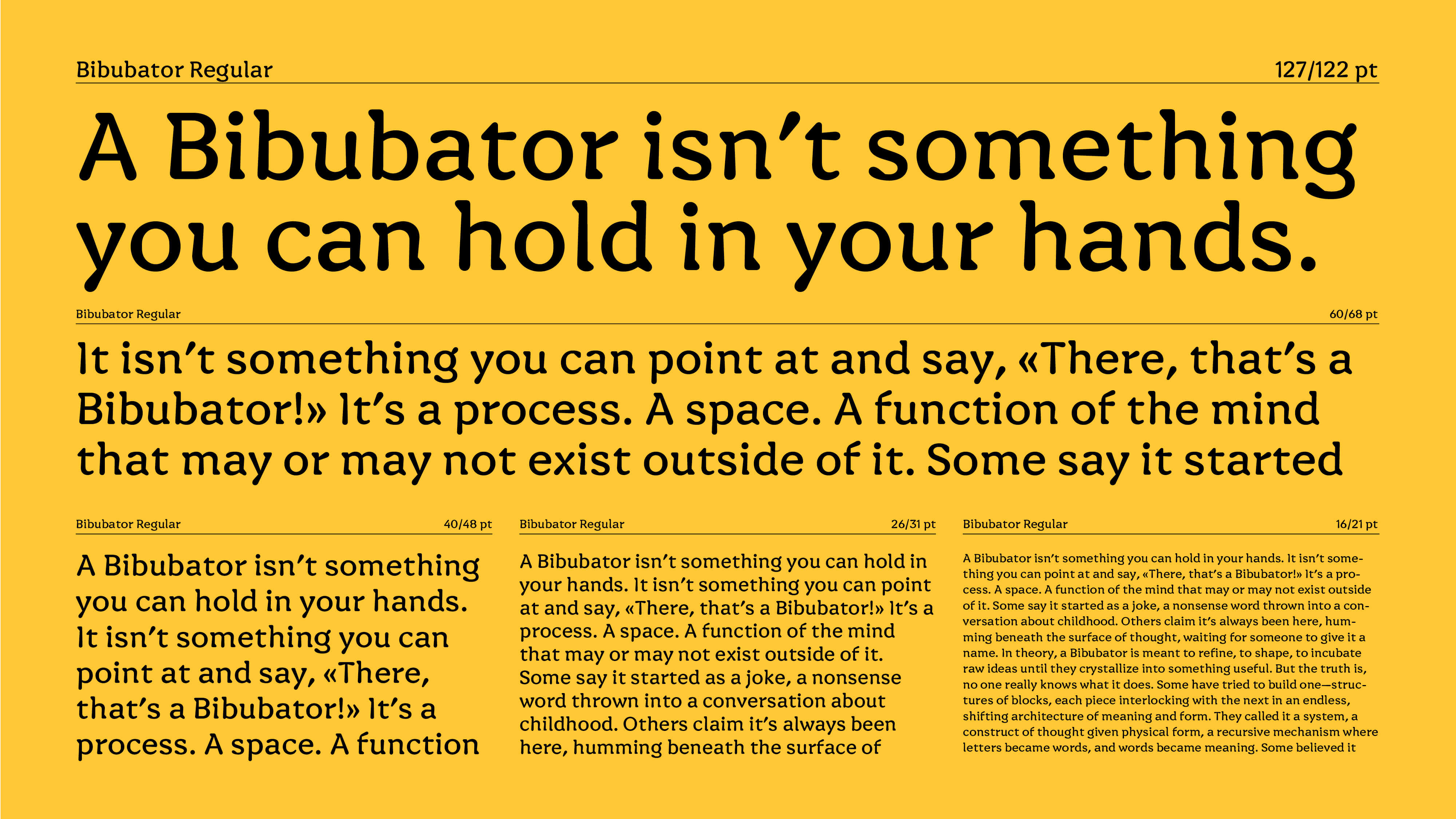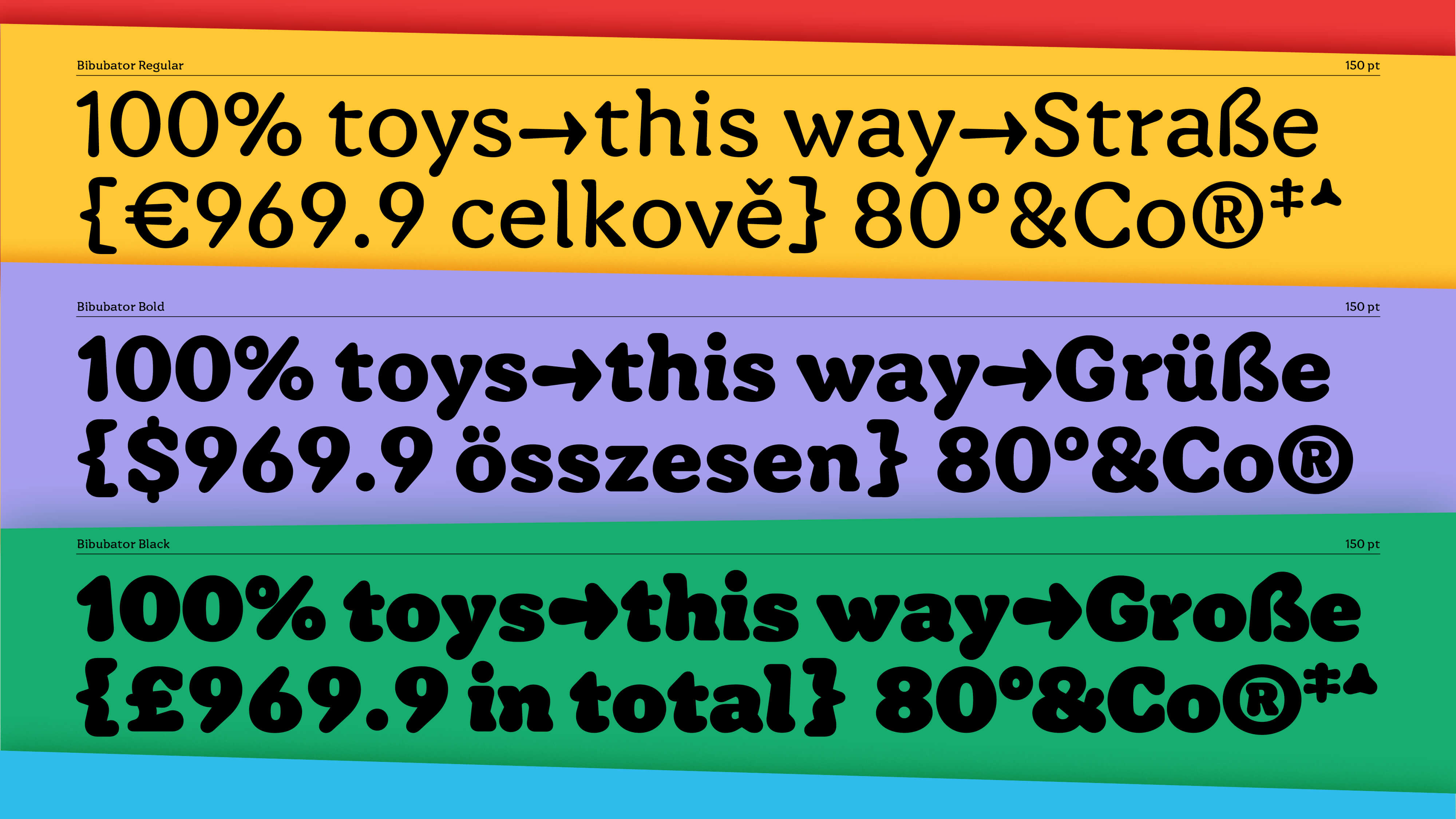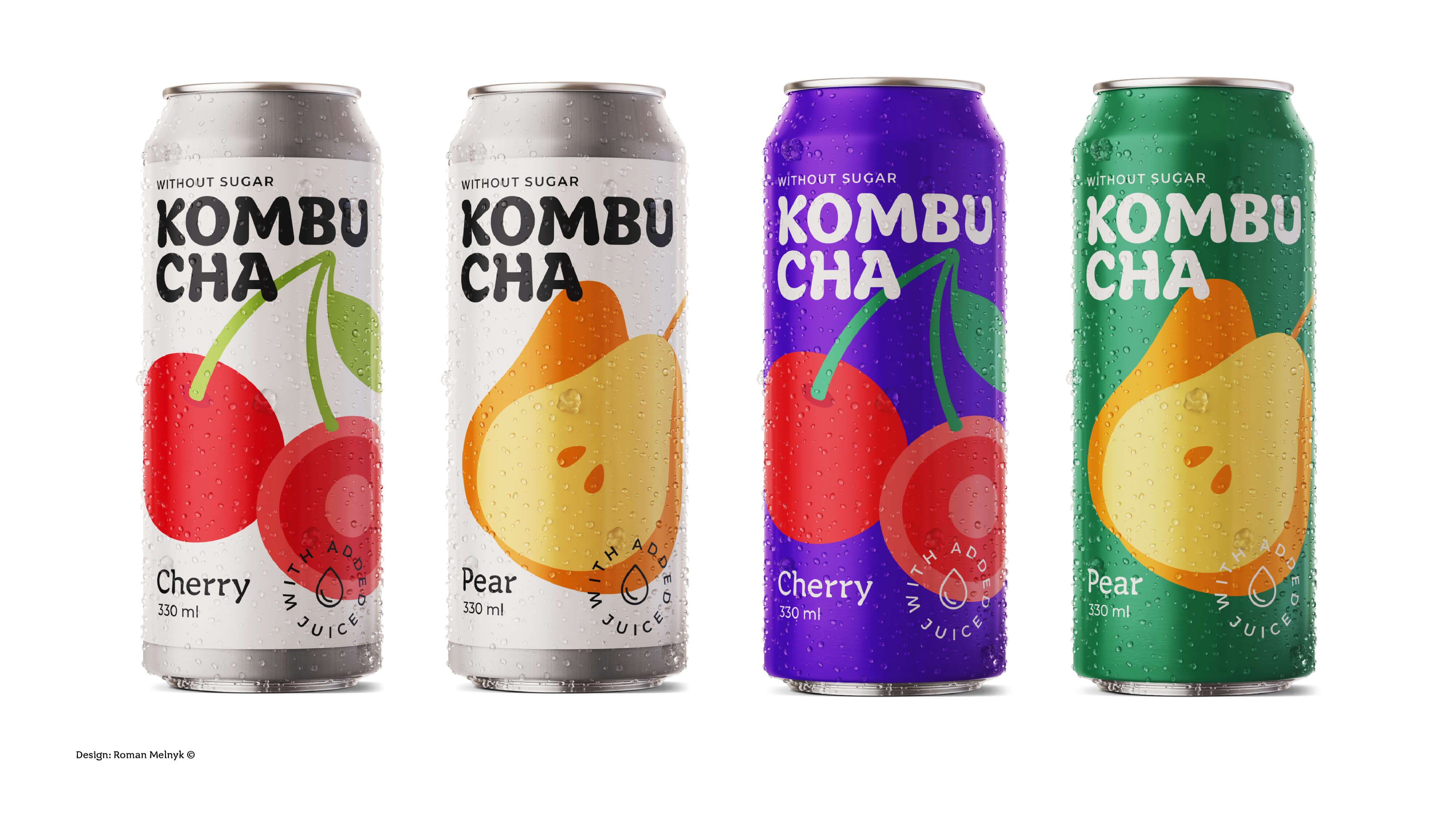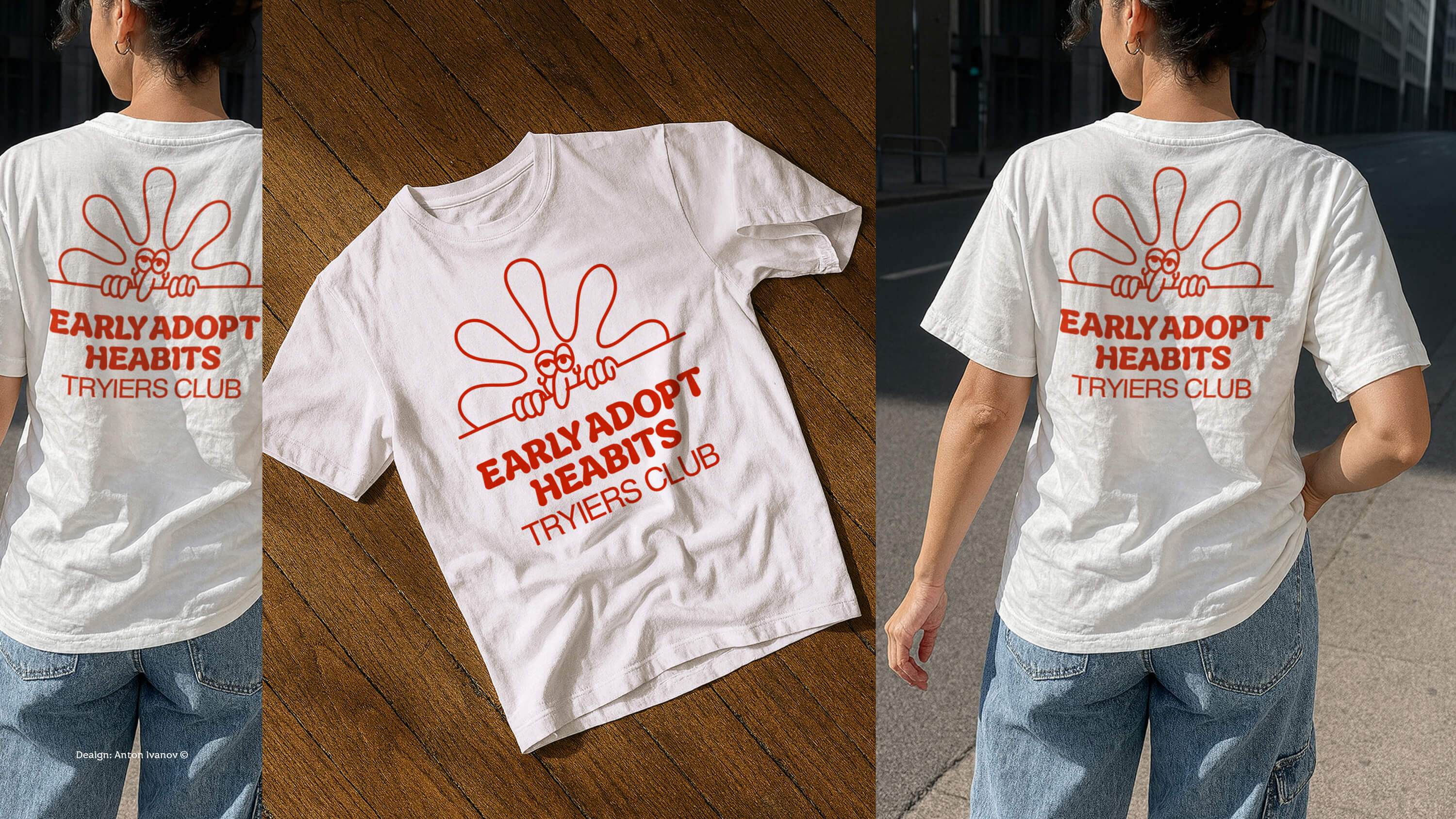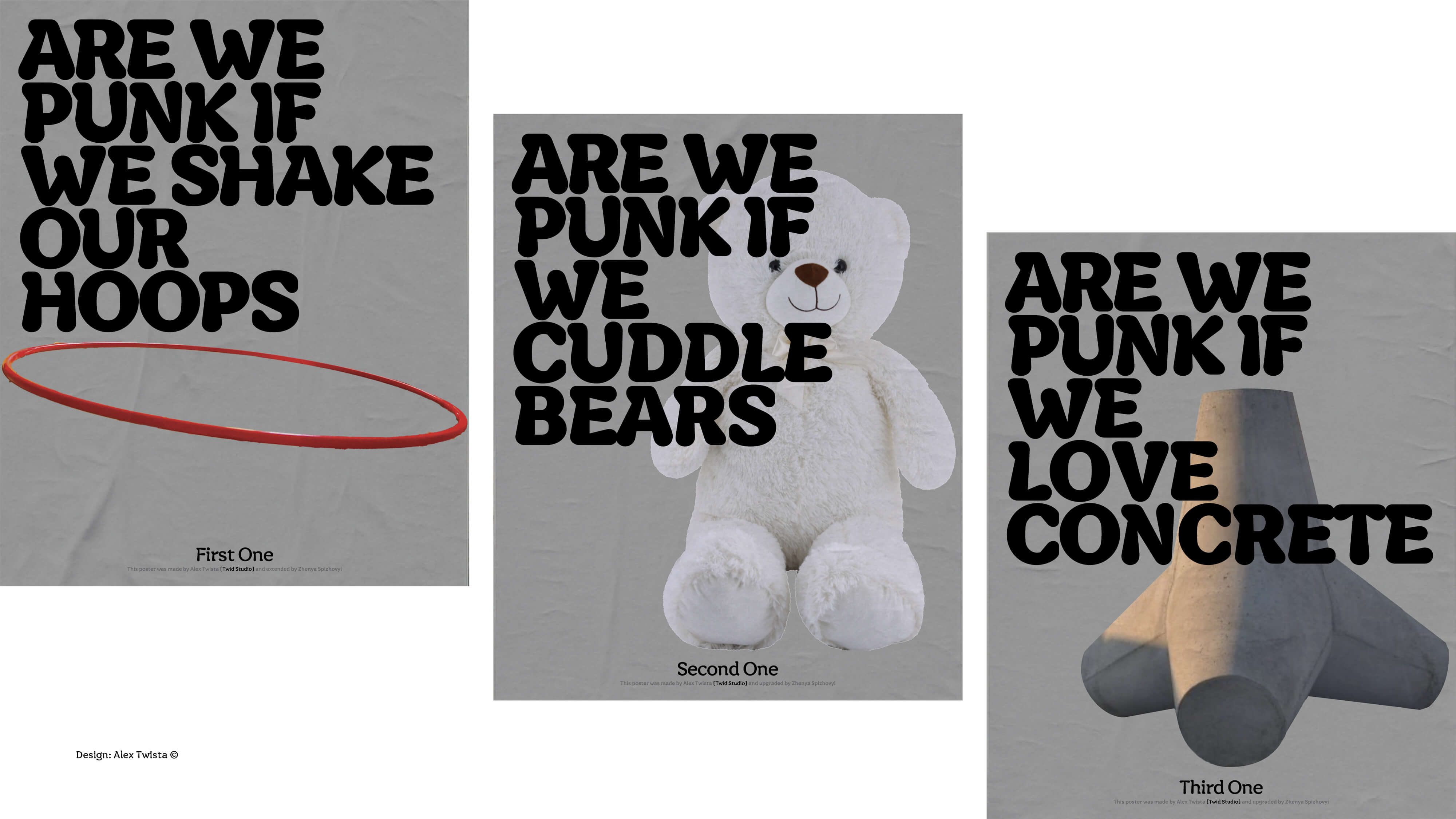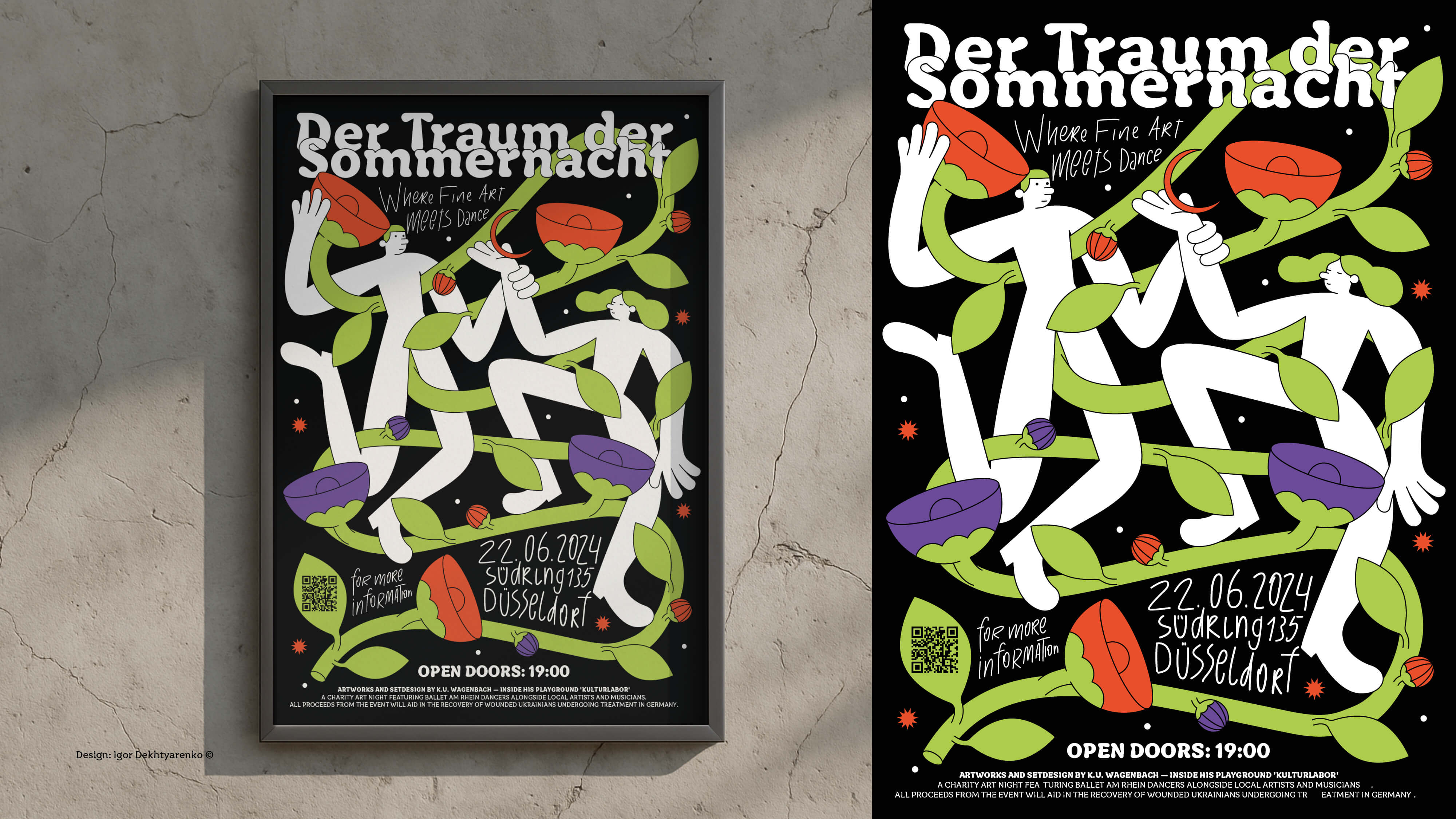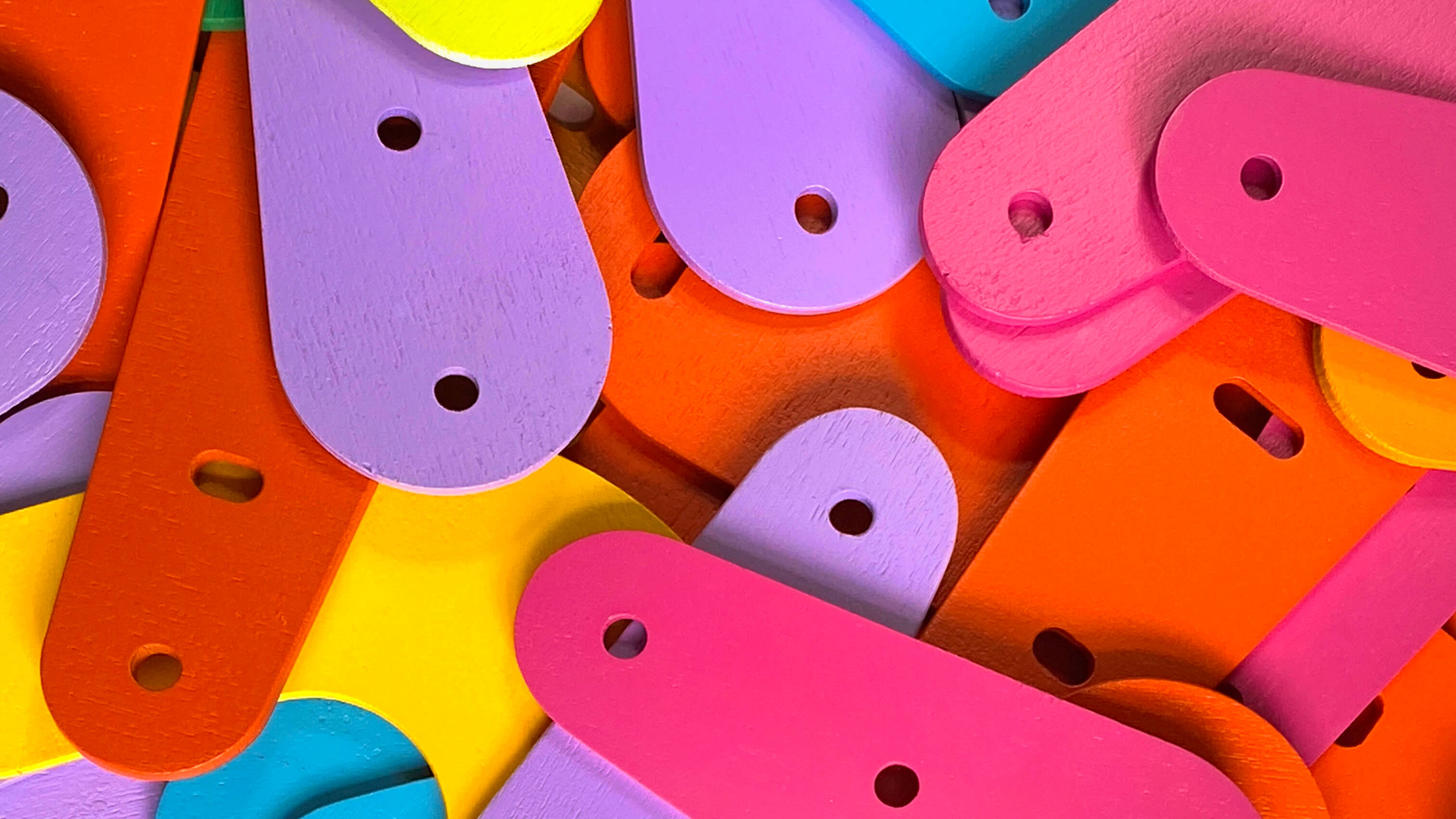


I’m Zhenya Spizhovyi — a designer, calligrapher, and lettering artist from Ukraine.
I first studied design at the Kyiv State Institute of Decorative and Applied Arts and Design
named after Mykhailo Boichuk. At the time of this publication, I live in London. After the full-scale
invasion of Ukraine began, I found myself in Berlin. Meeting like-minded people, my passion for typography,
lettering, and calligraphy, and the desire to grow and move forward — all of this led me to apply to TypeMedia.
Bibubator is an intuitive search for form, inspired by reflections on my childhood and the environment I grew up in.
More broadly, it’s an attempt to understand how childhood shapes our taste and aesthetic as designers.
Growing up and forming my identity in 90s Kyiv, I absorbed the raw aesthetics of the post-Soviet transition
from a socialist system to an open economy, while also witnessing the early years of an independent Ukraine,
open to Western culture and markets.
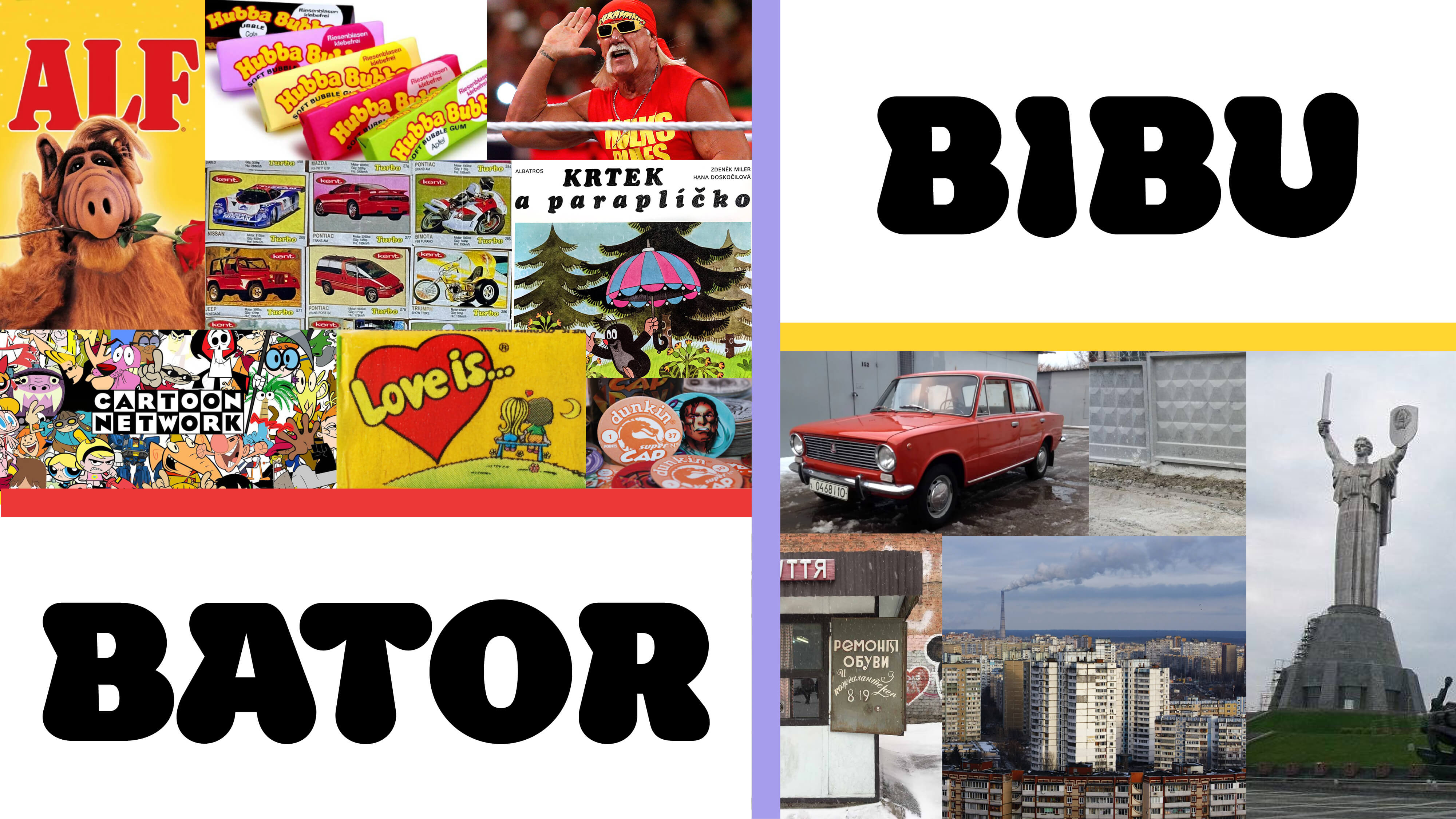
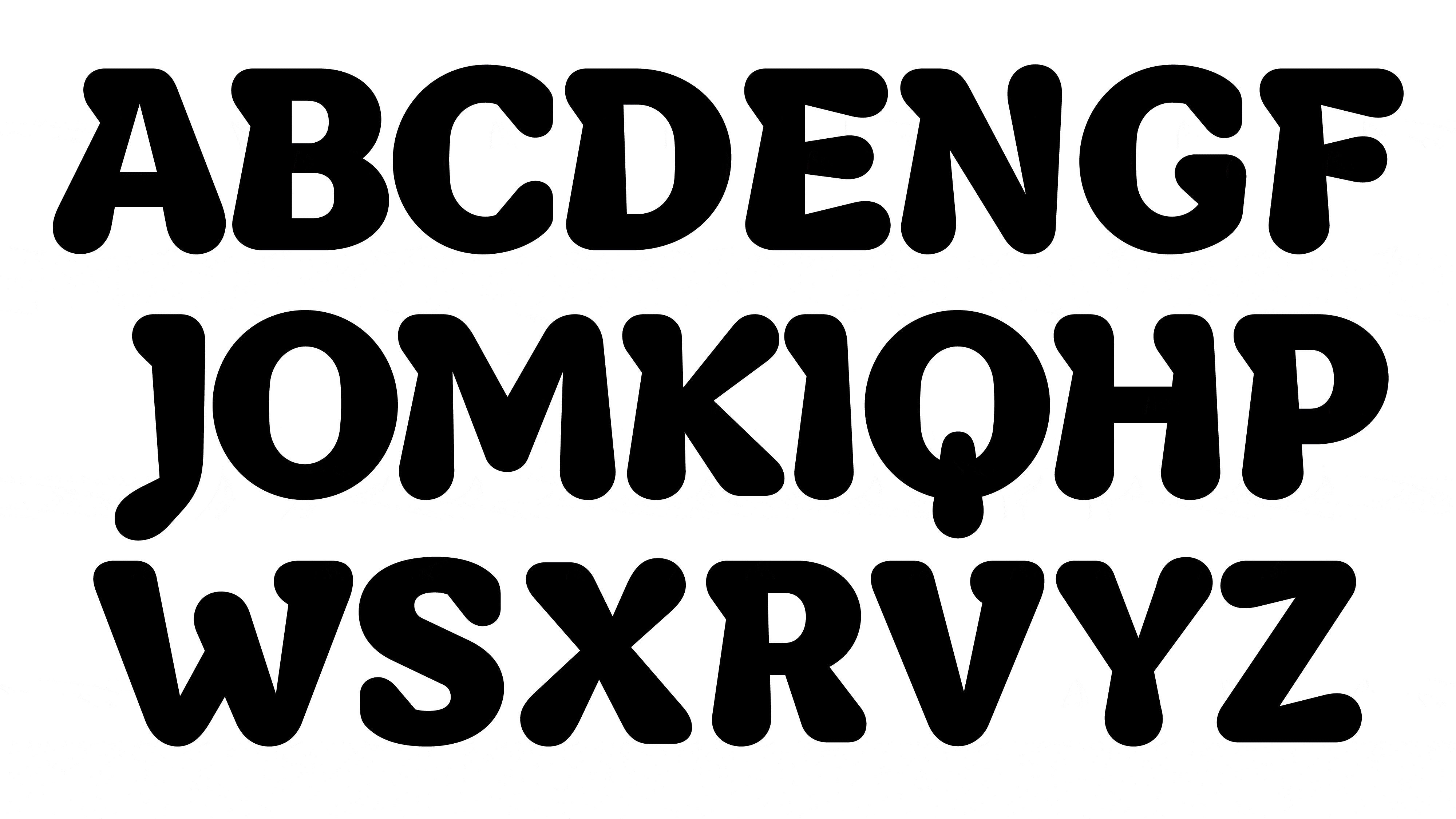
How do you start something when you don’t even know where it’s meant to go? I began with what I knew best — lettering and calligraphy. But I wasn’t aiming for beautiful calligraphy in the usual sense. I explored forms intuitively, keeping in mind a theme: childhood and children’s type. Ironically, by the end, I had to work to remove the calligraphic influence from the project.
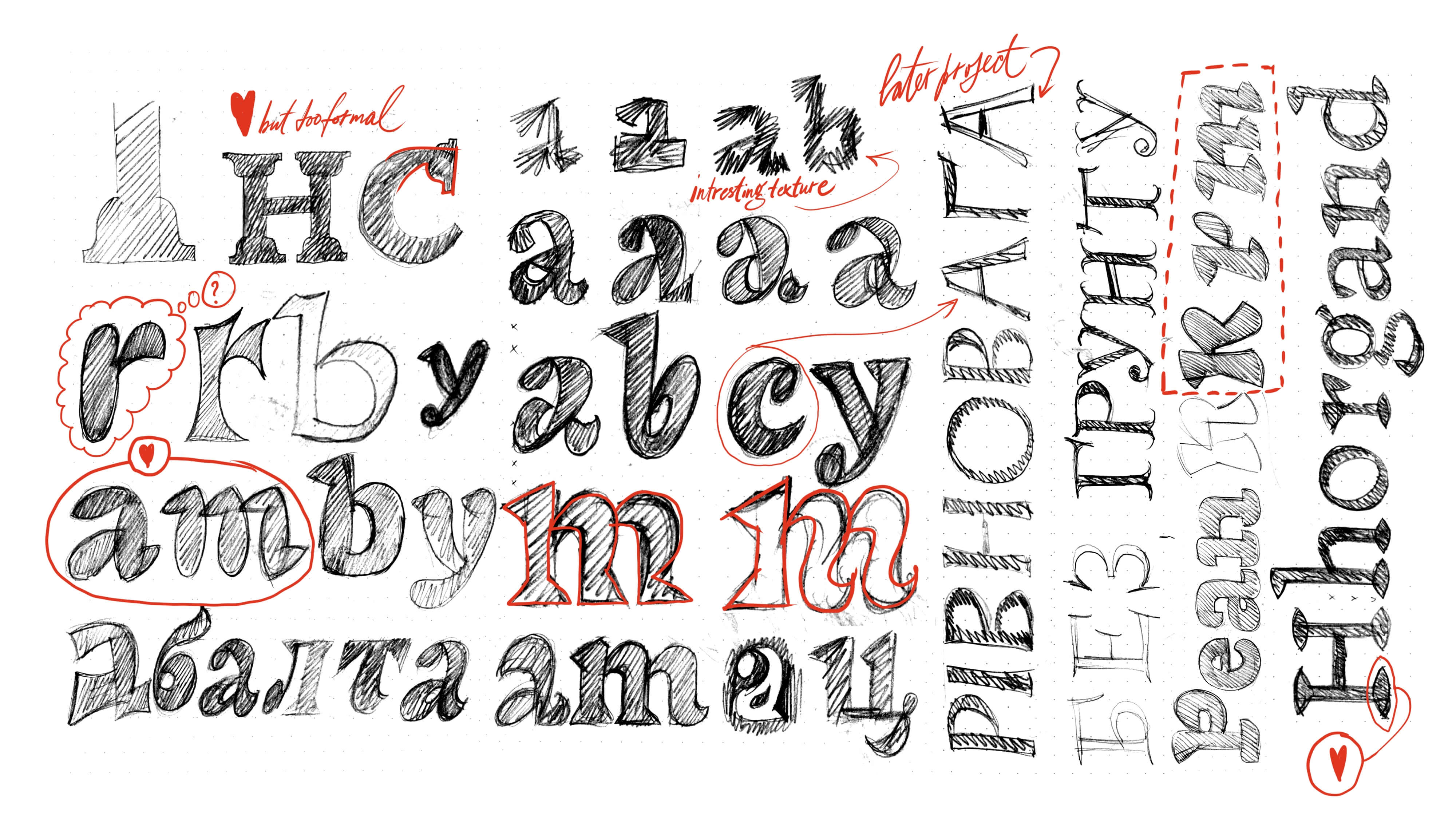
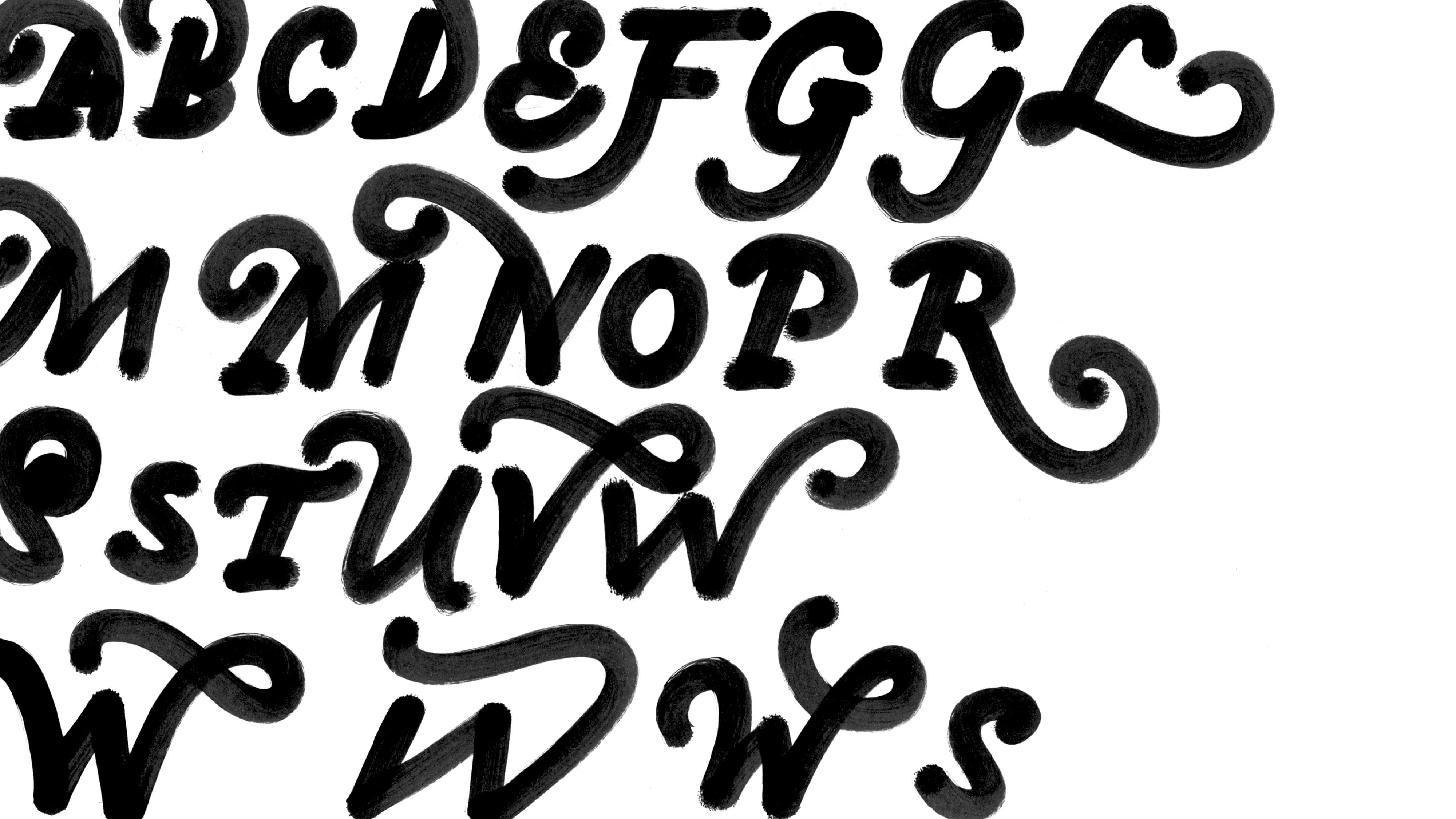
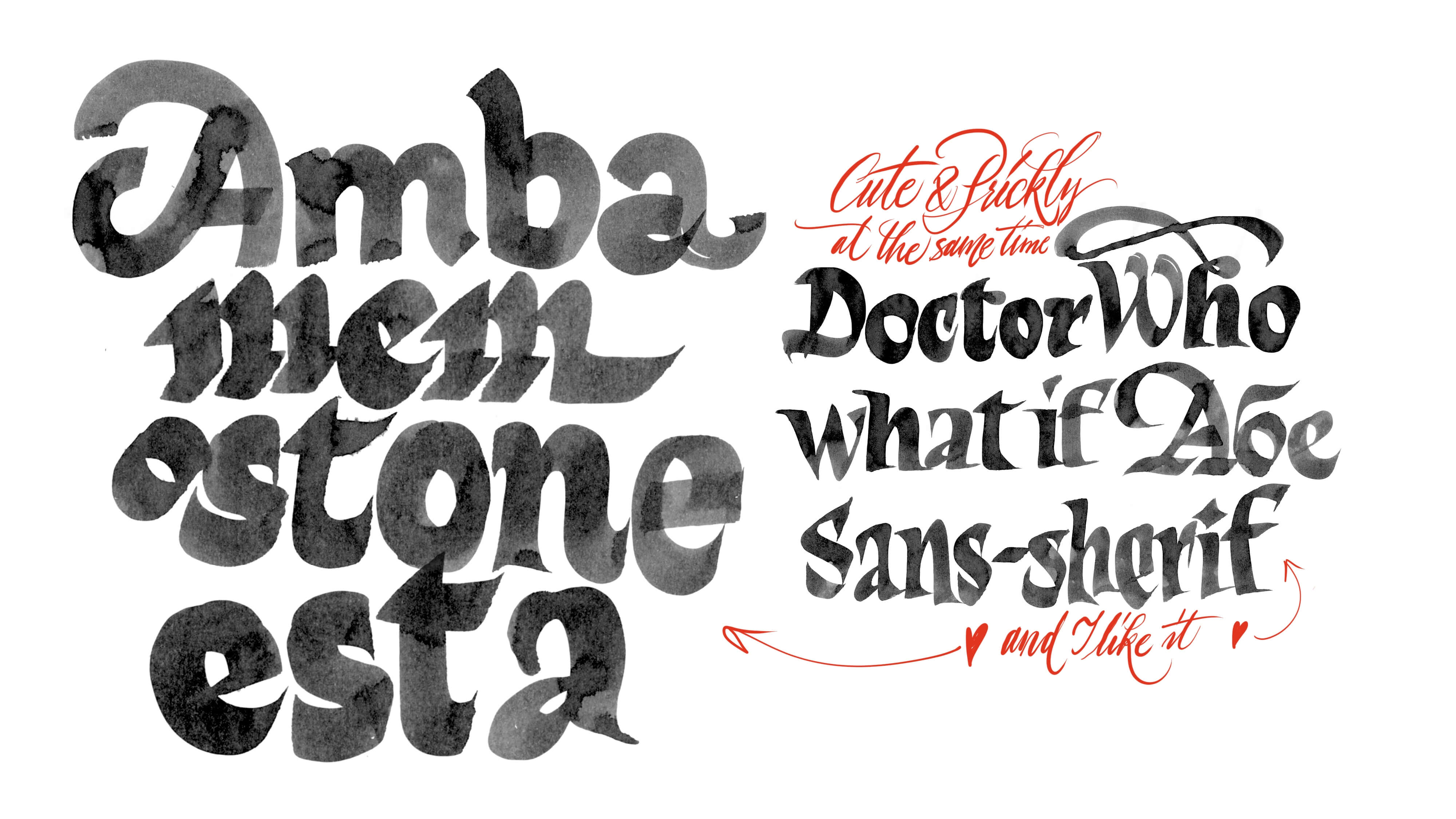
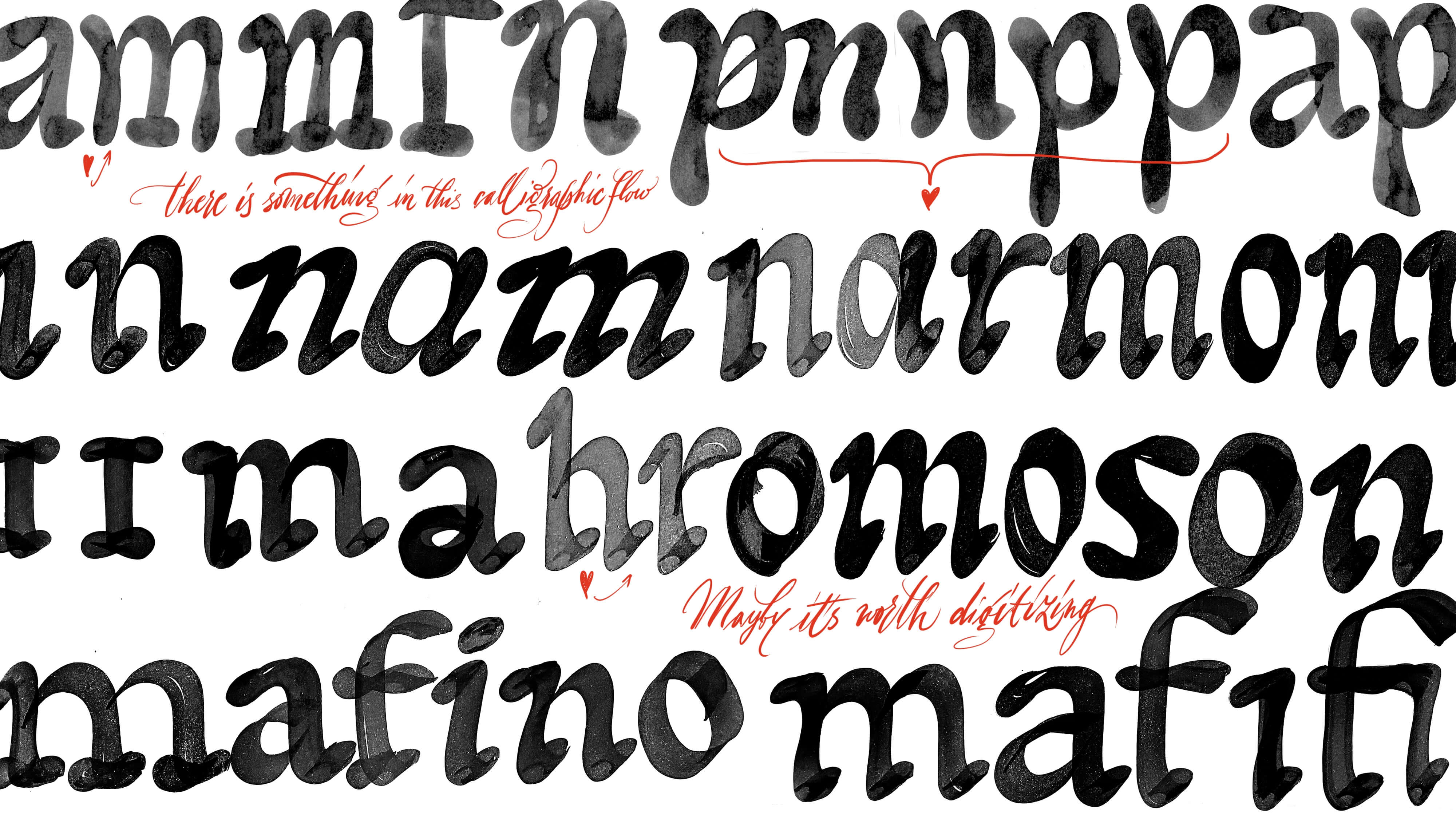
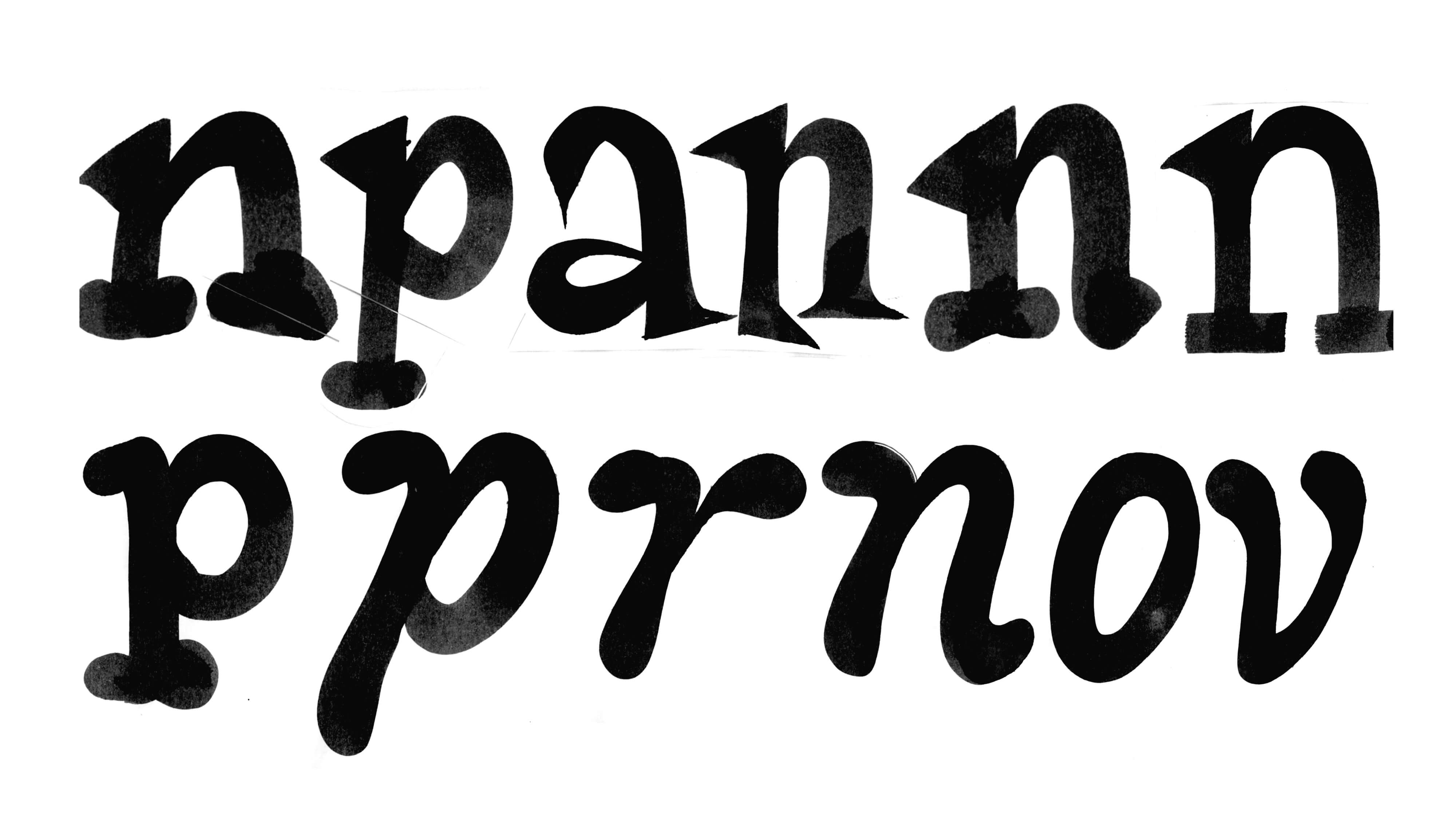
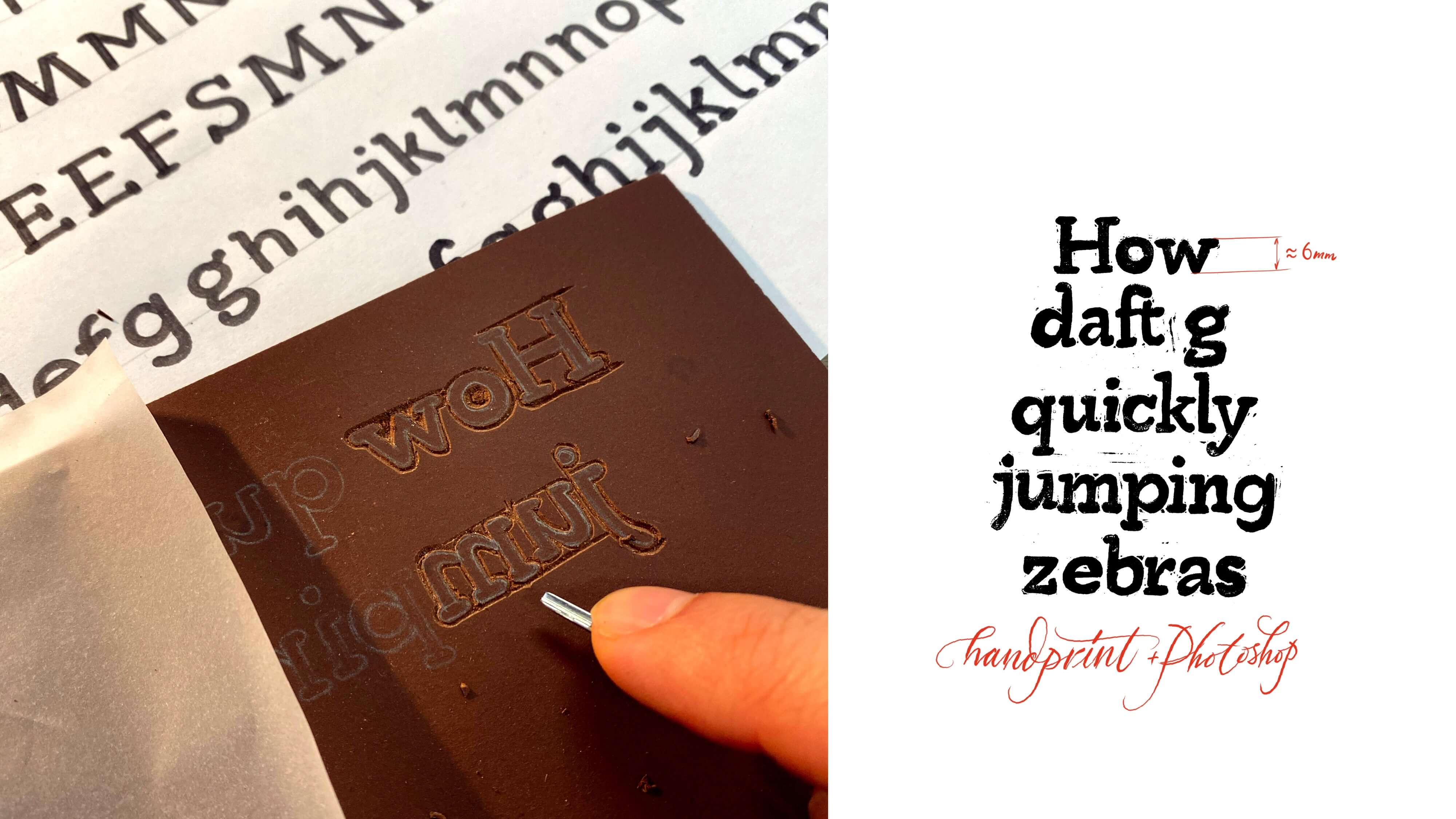
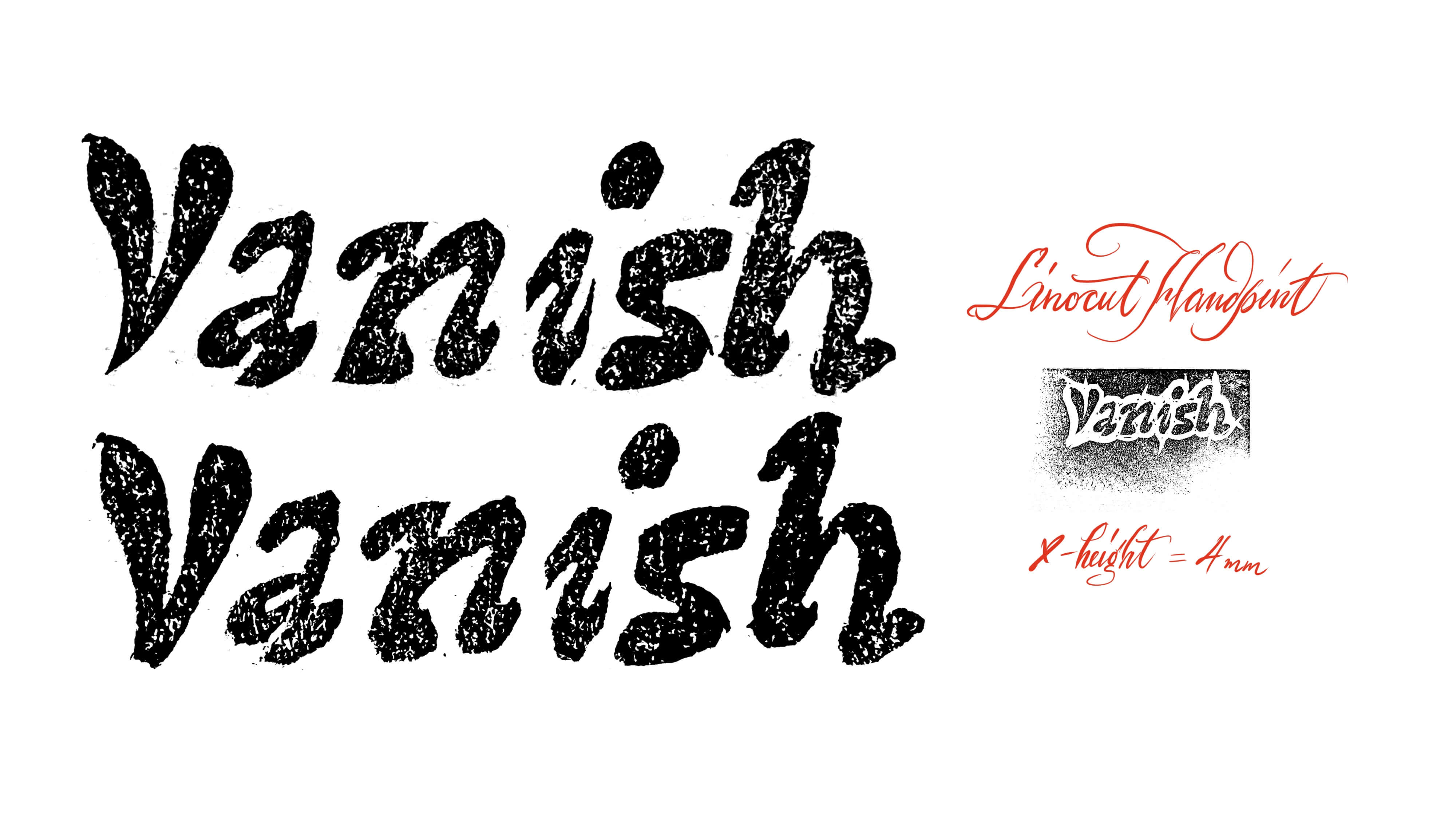
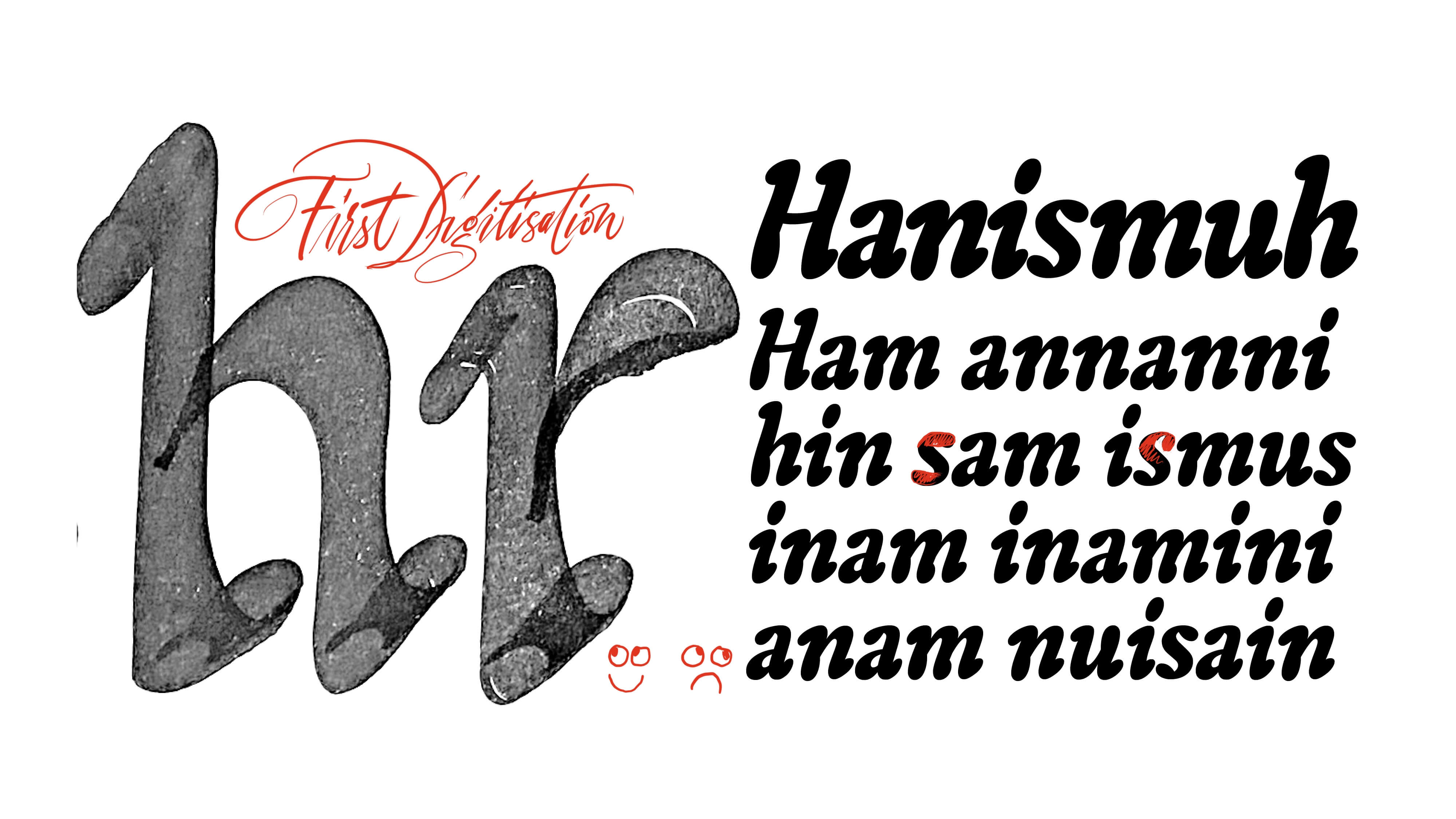
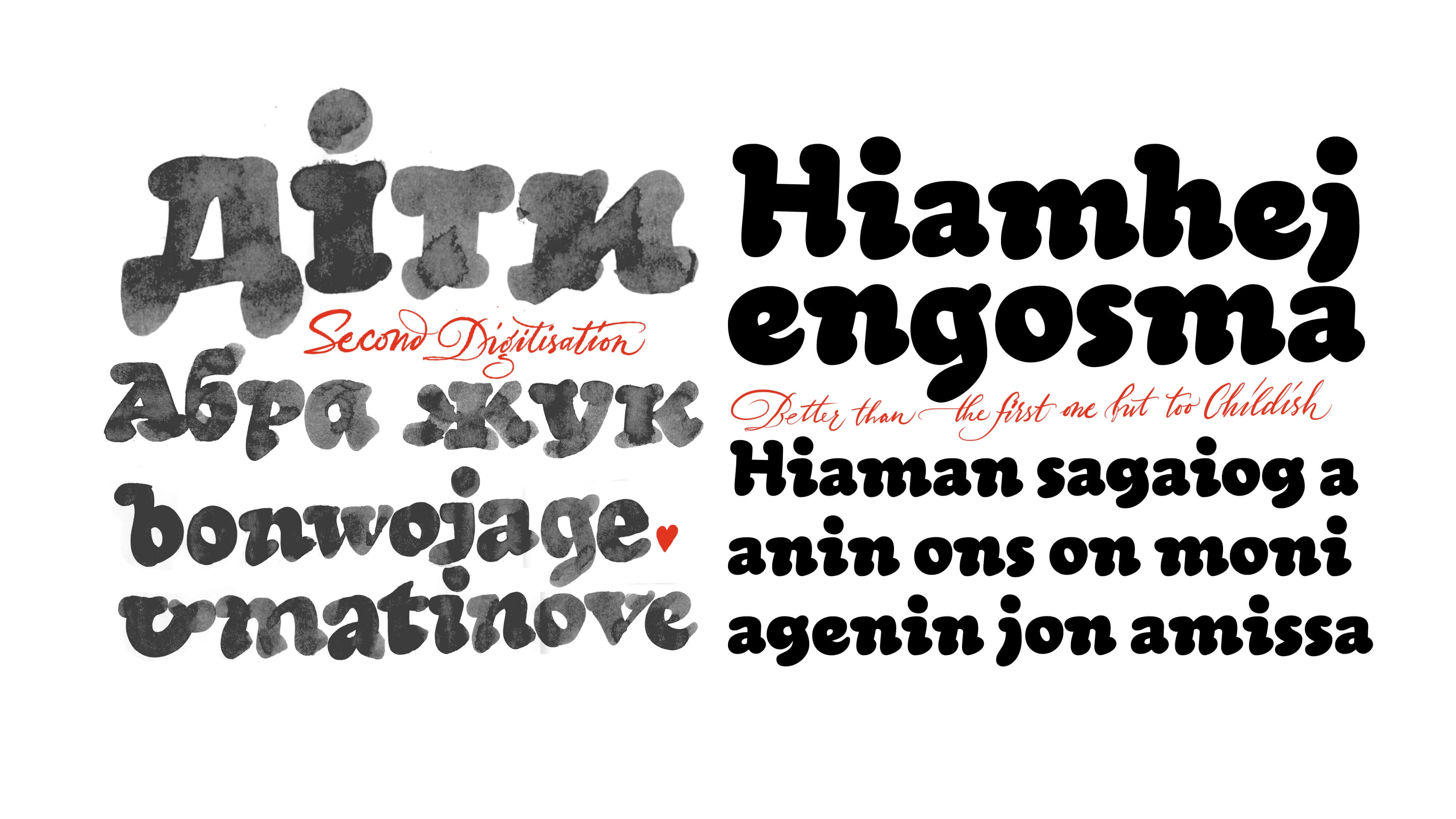
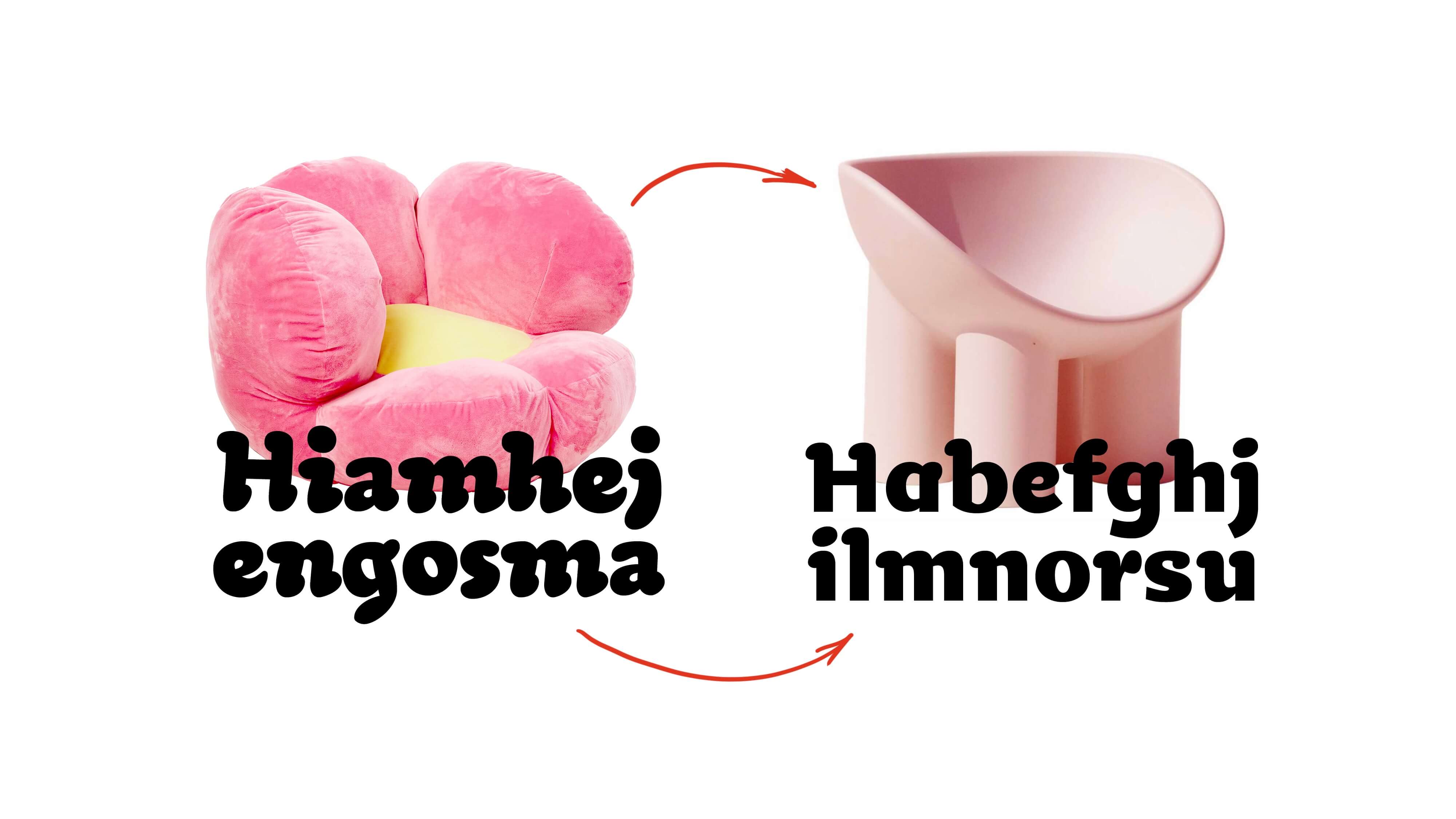
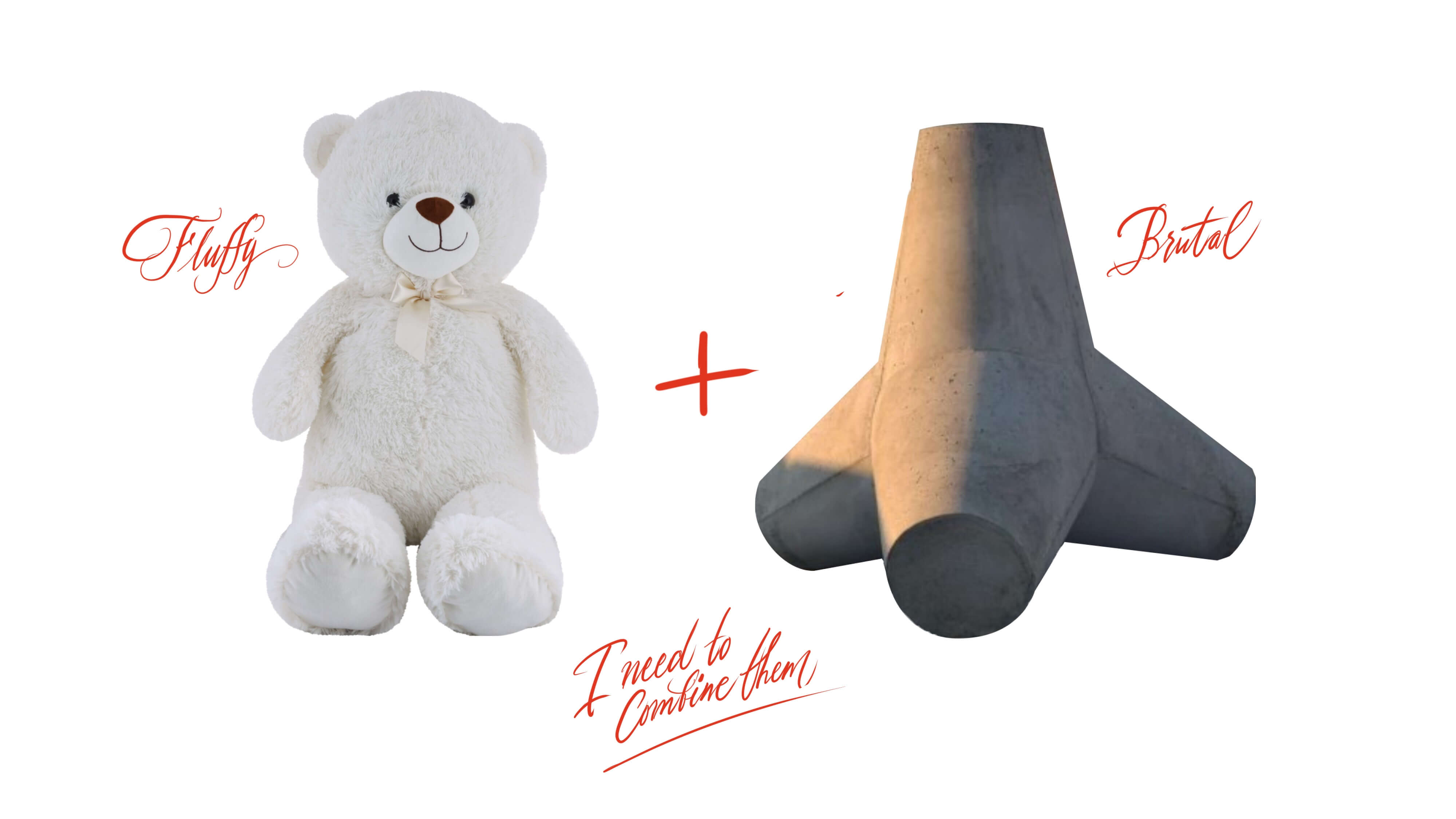
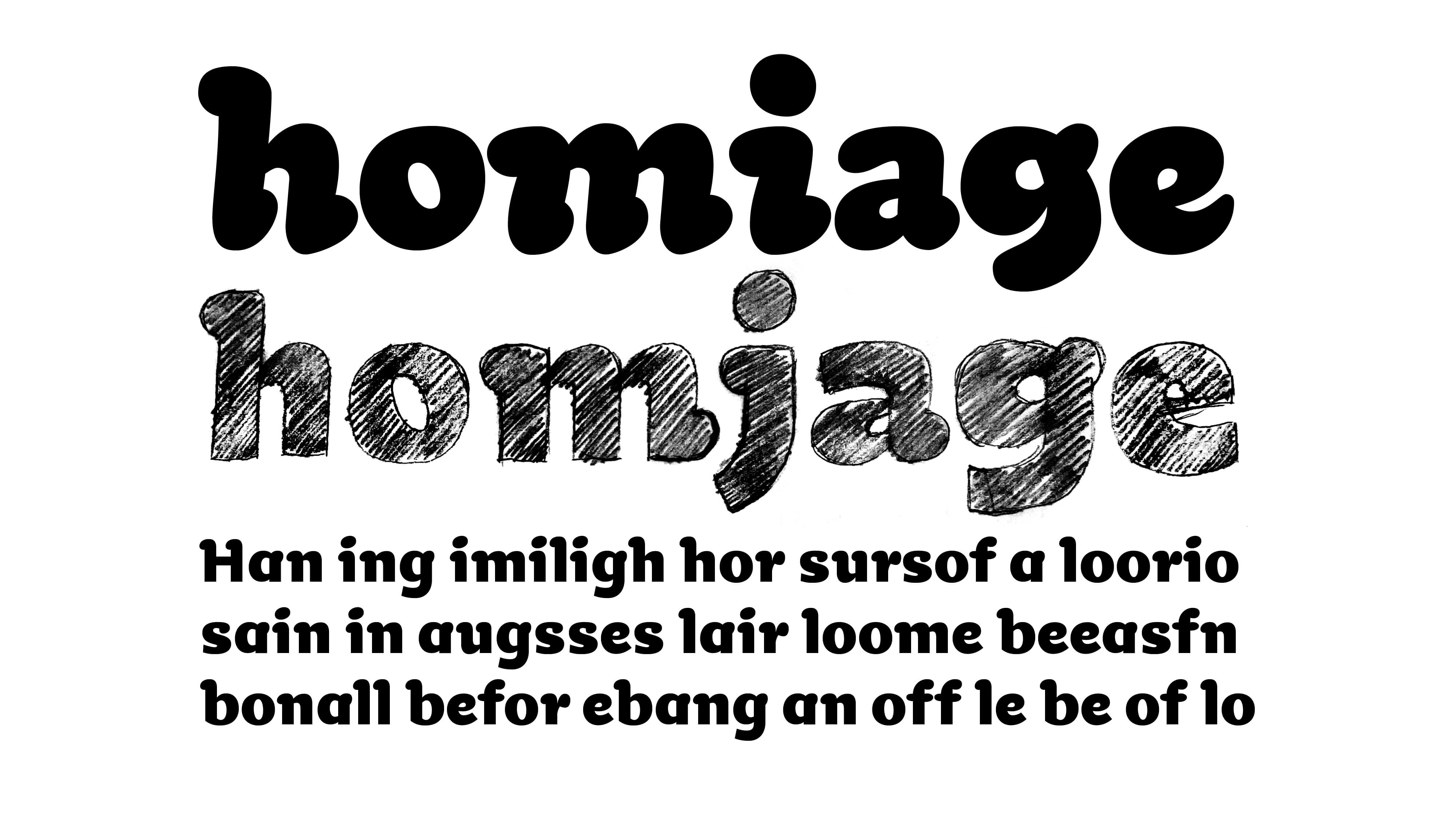
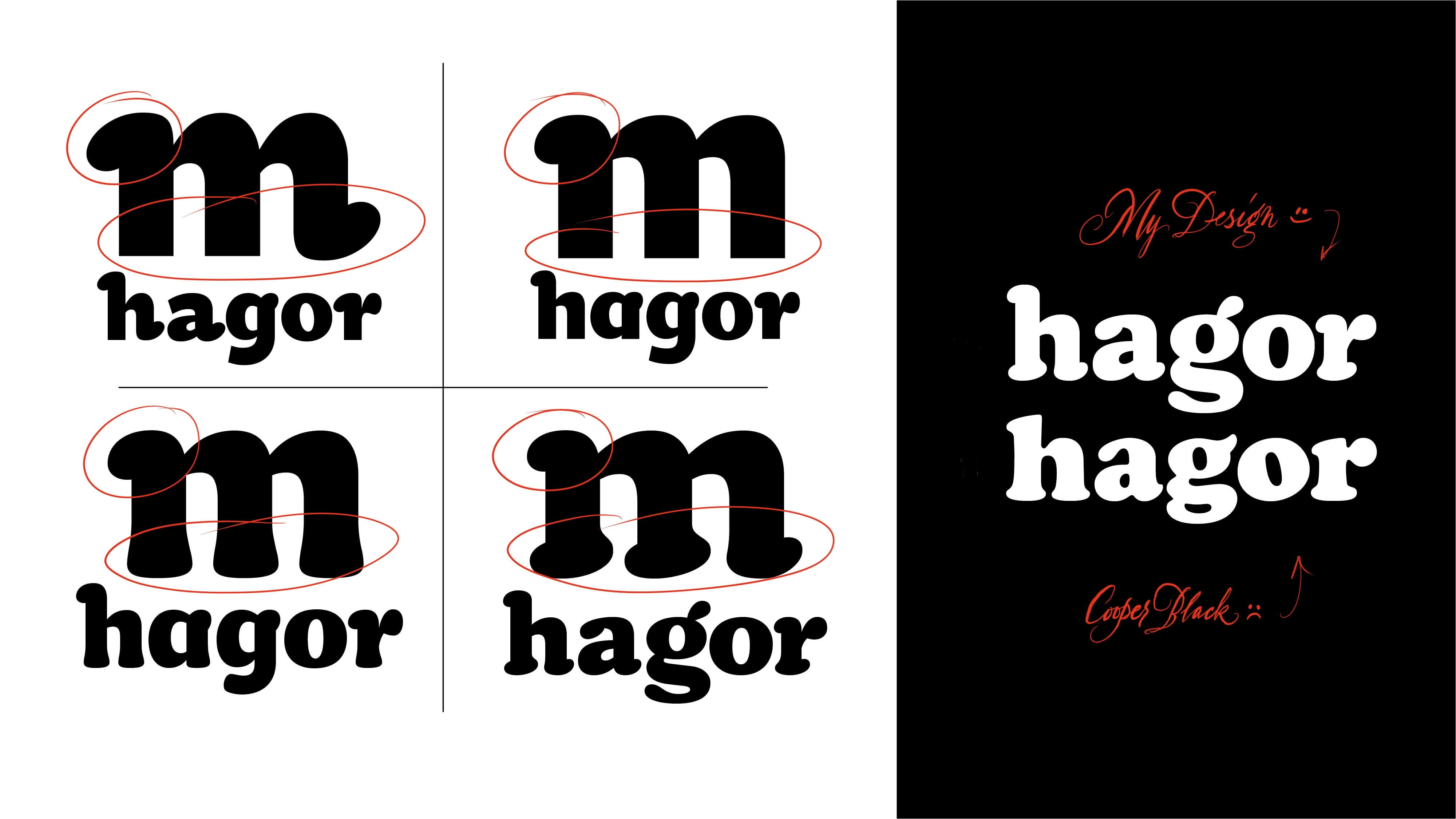
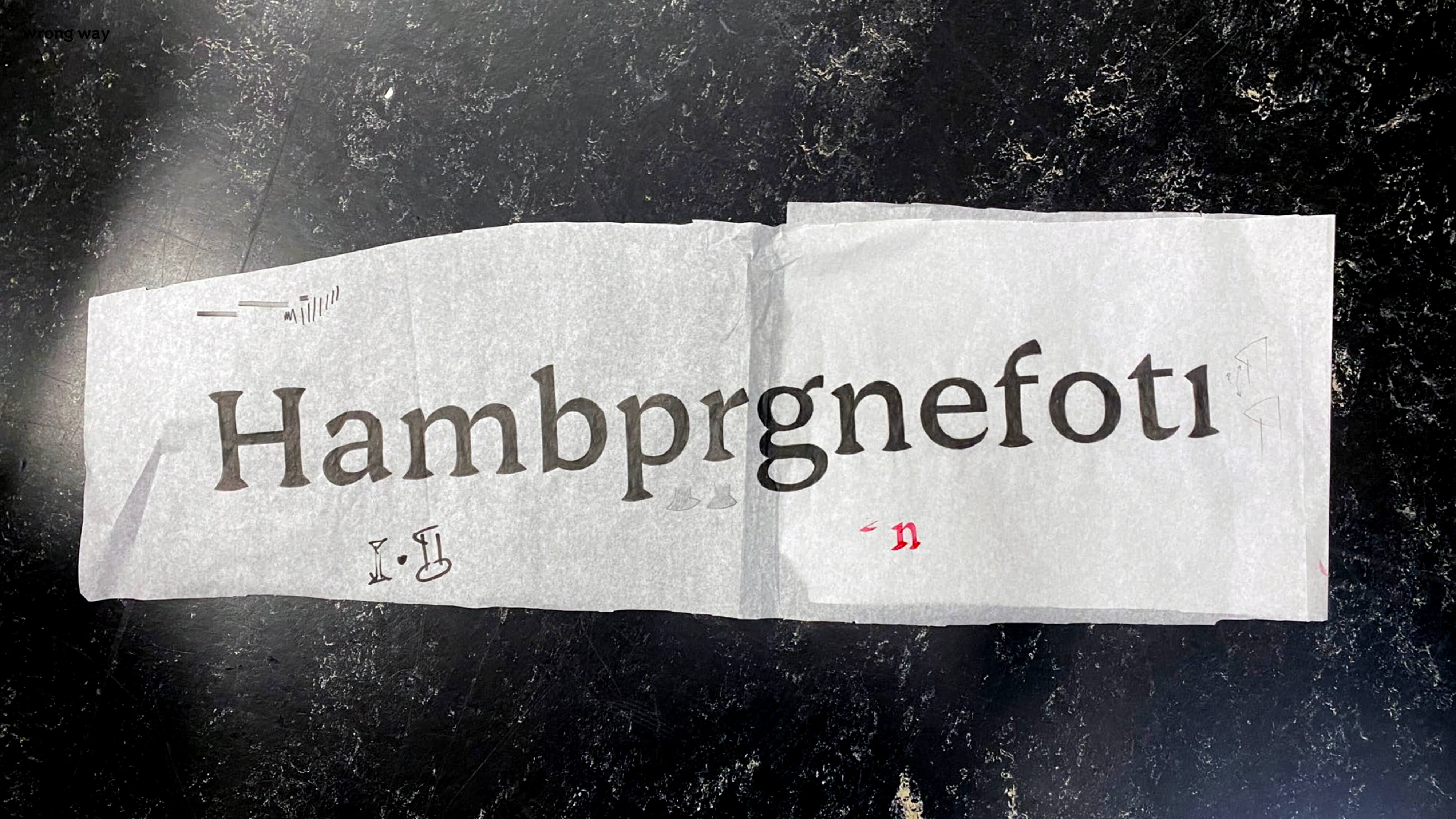
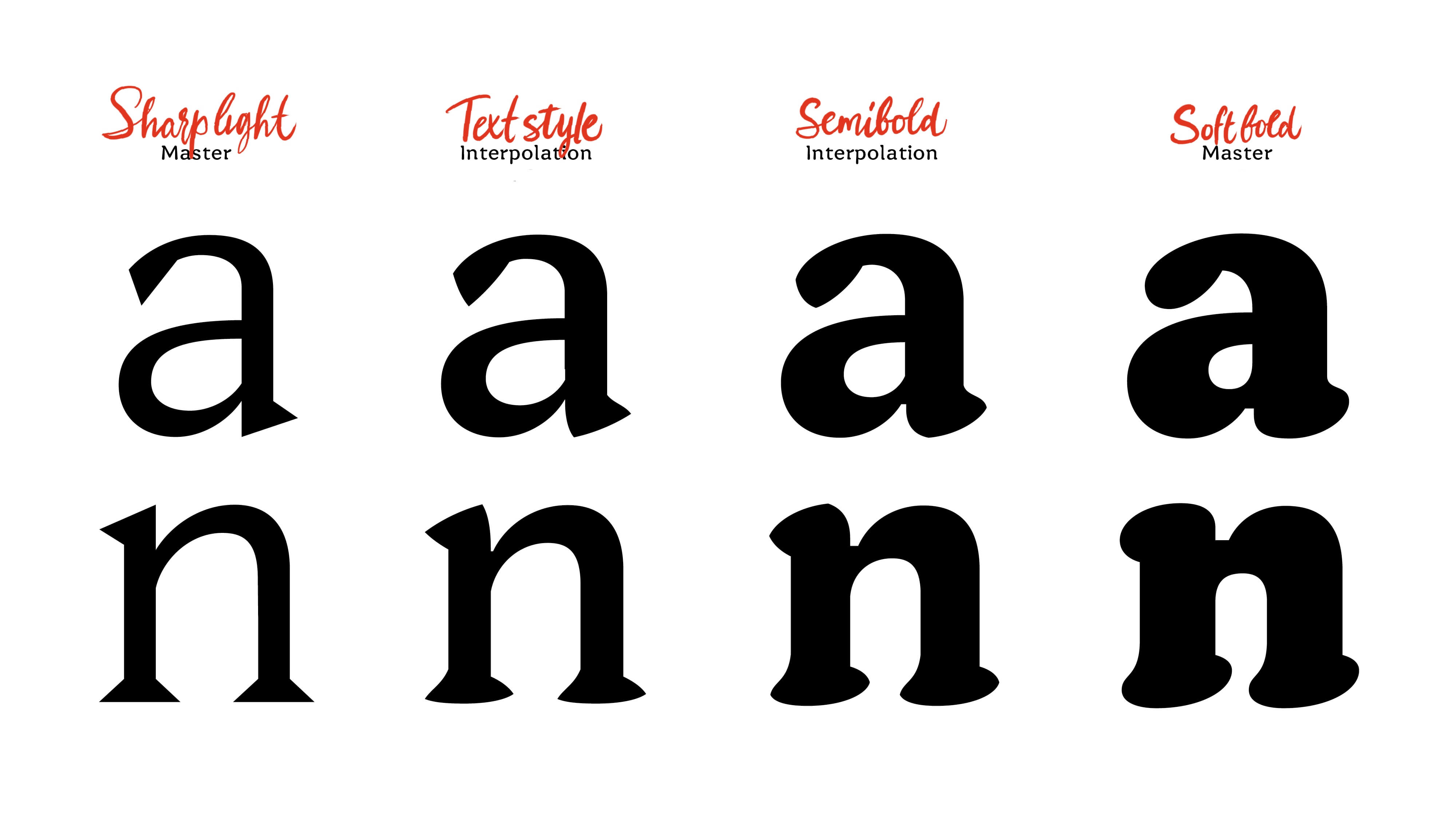
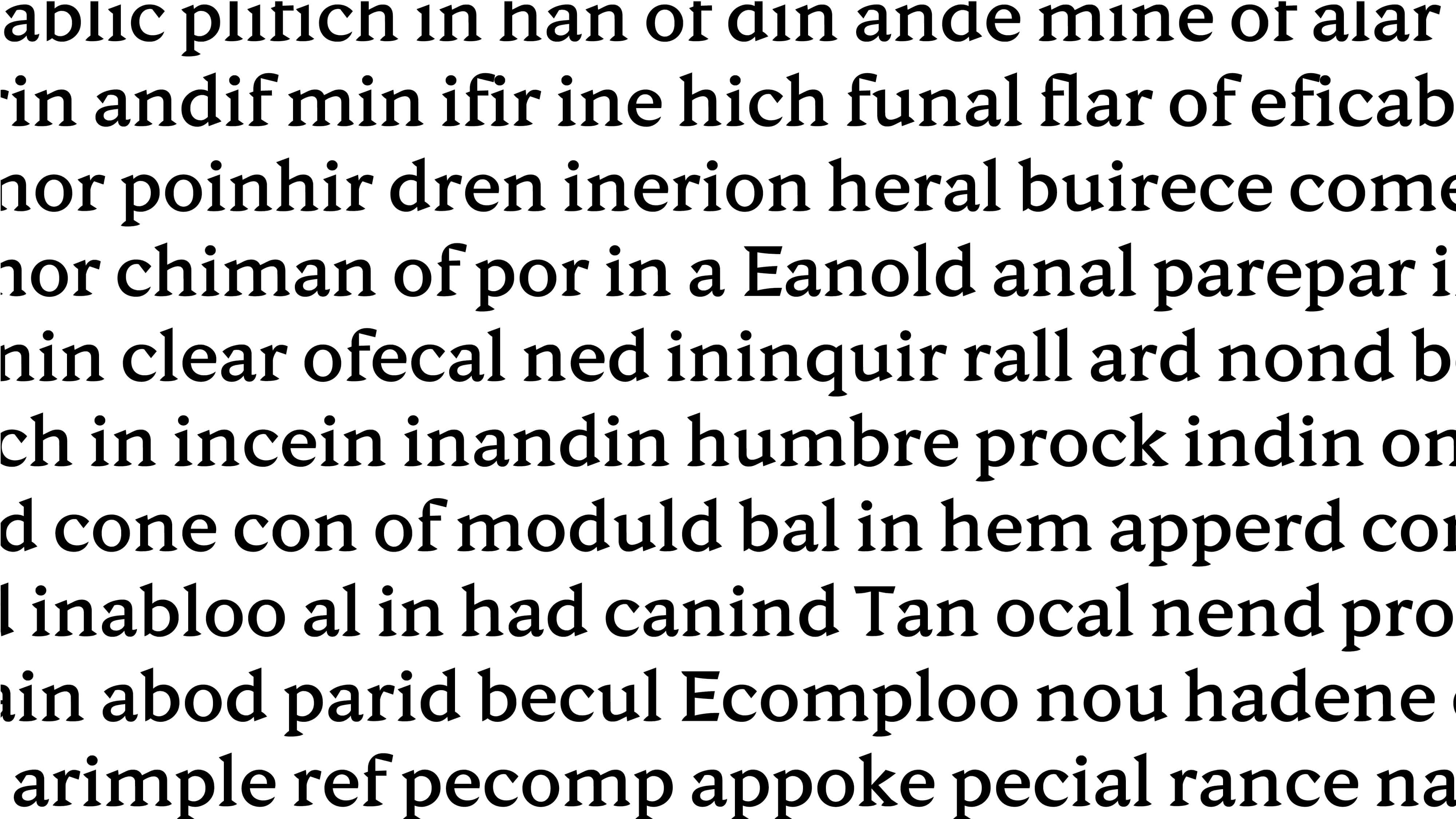
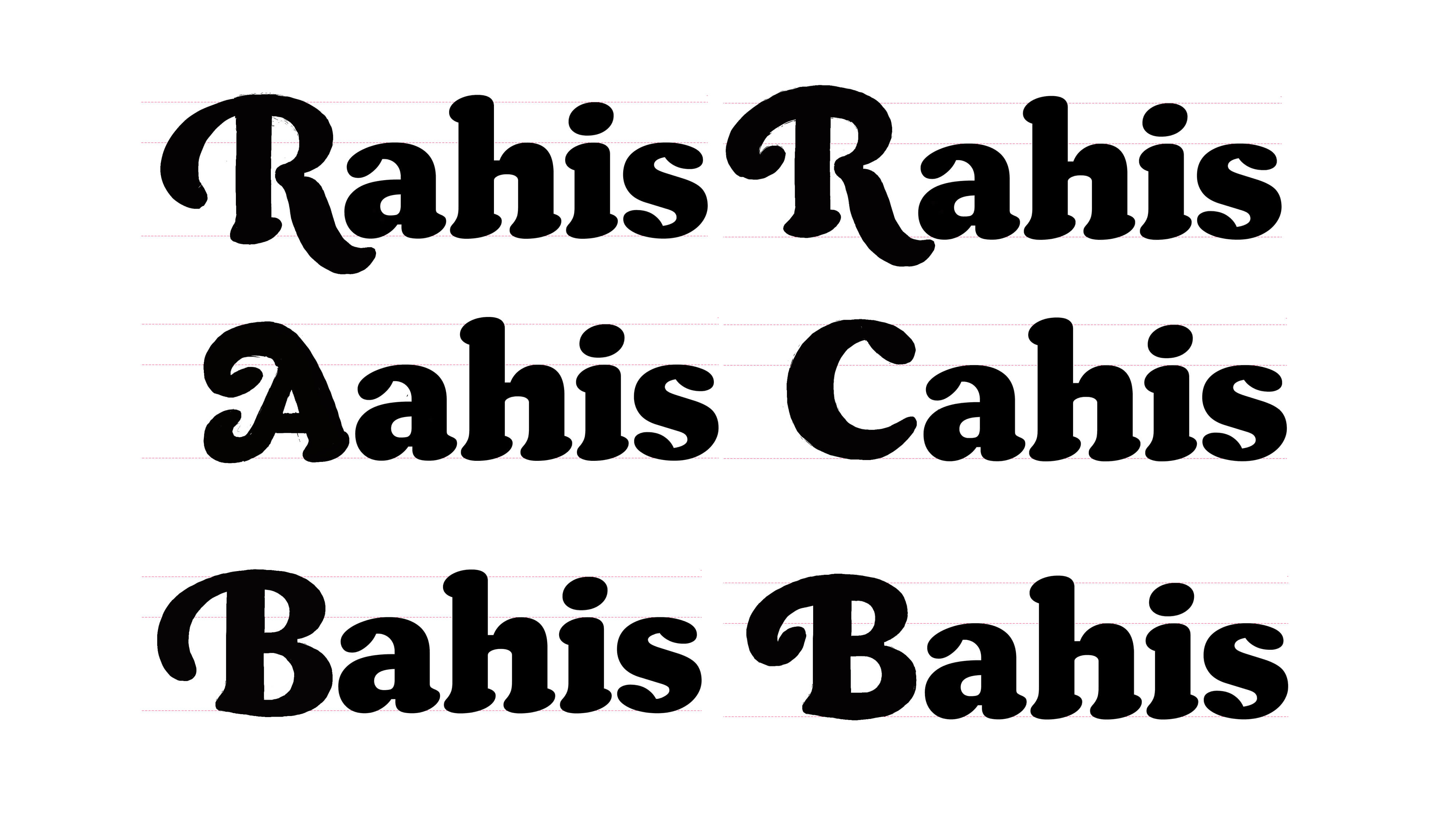
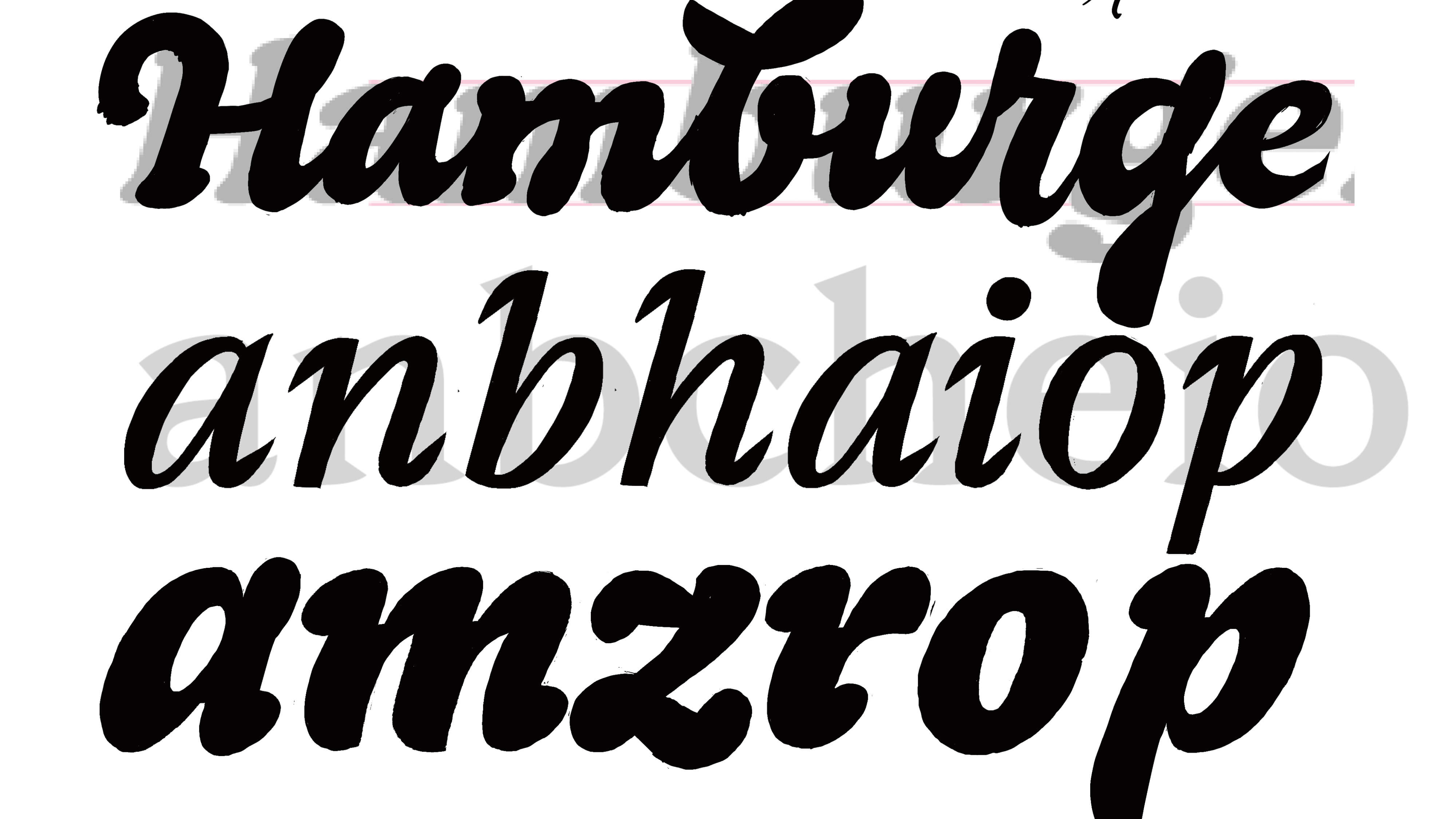
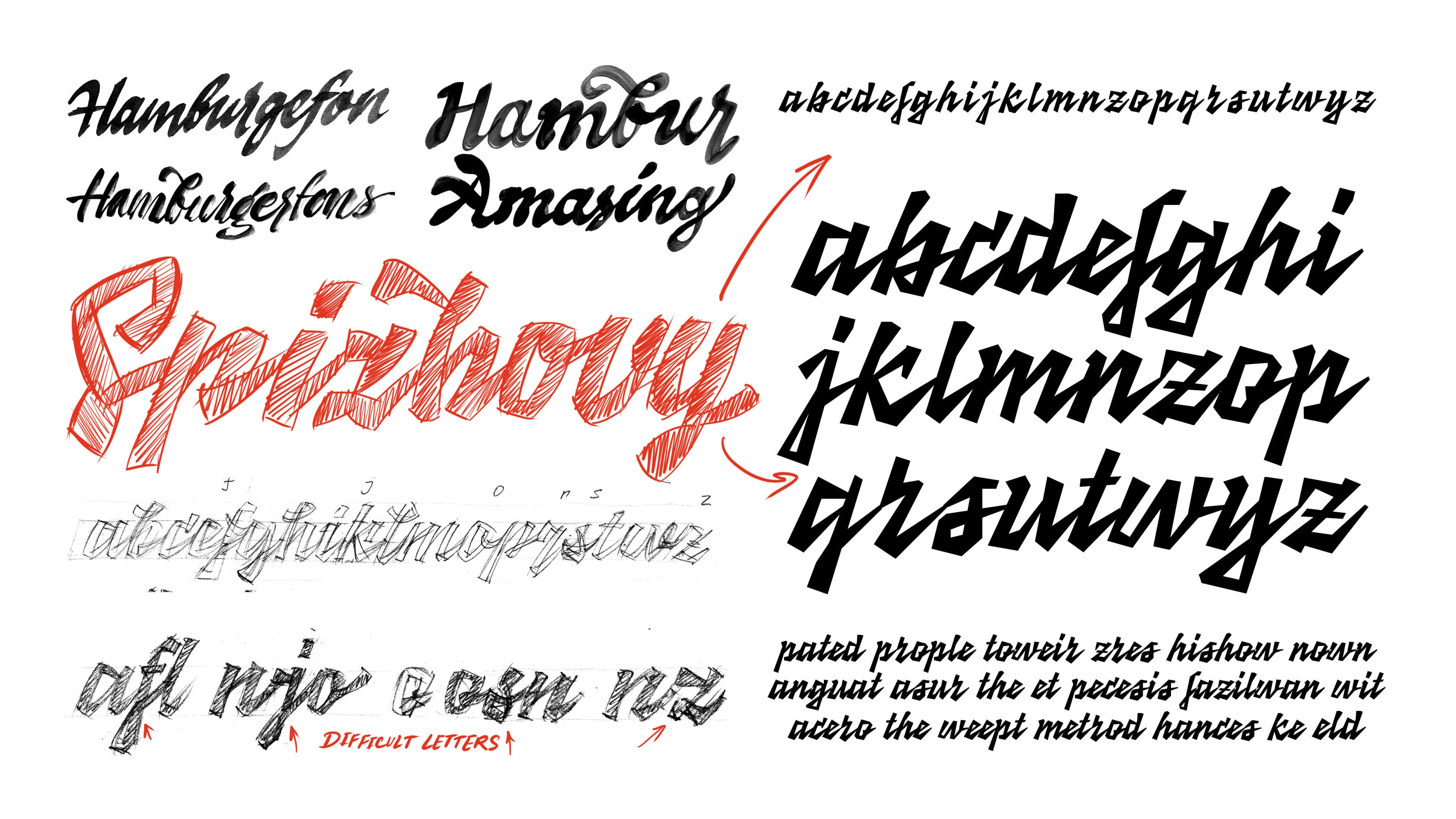
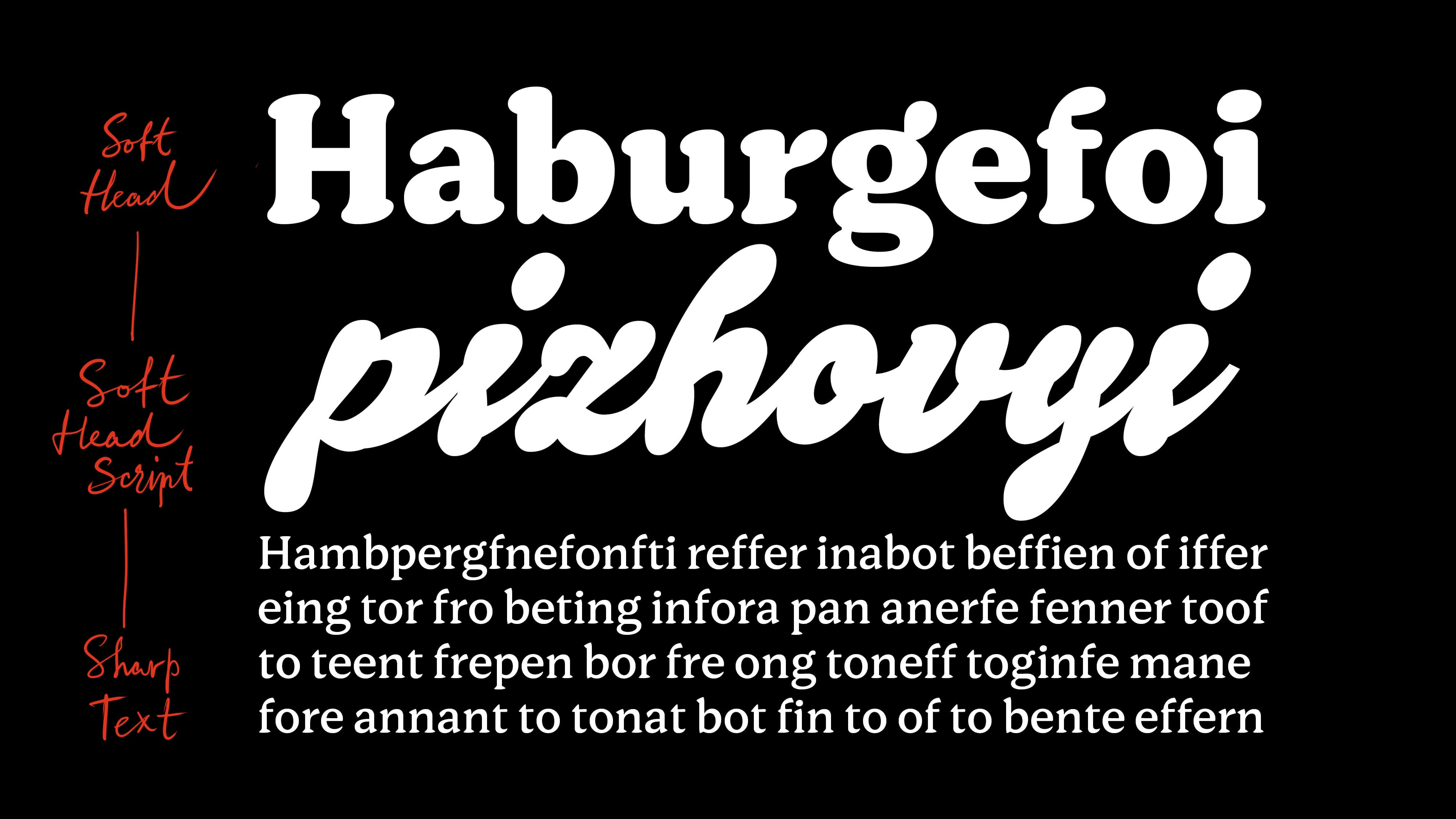
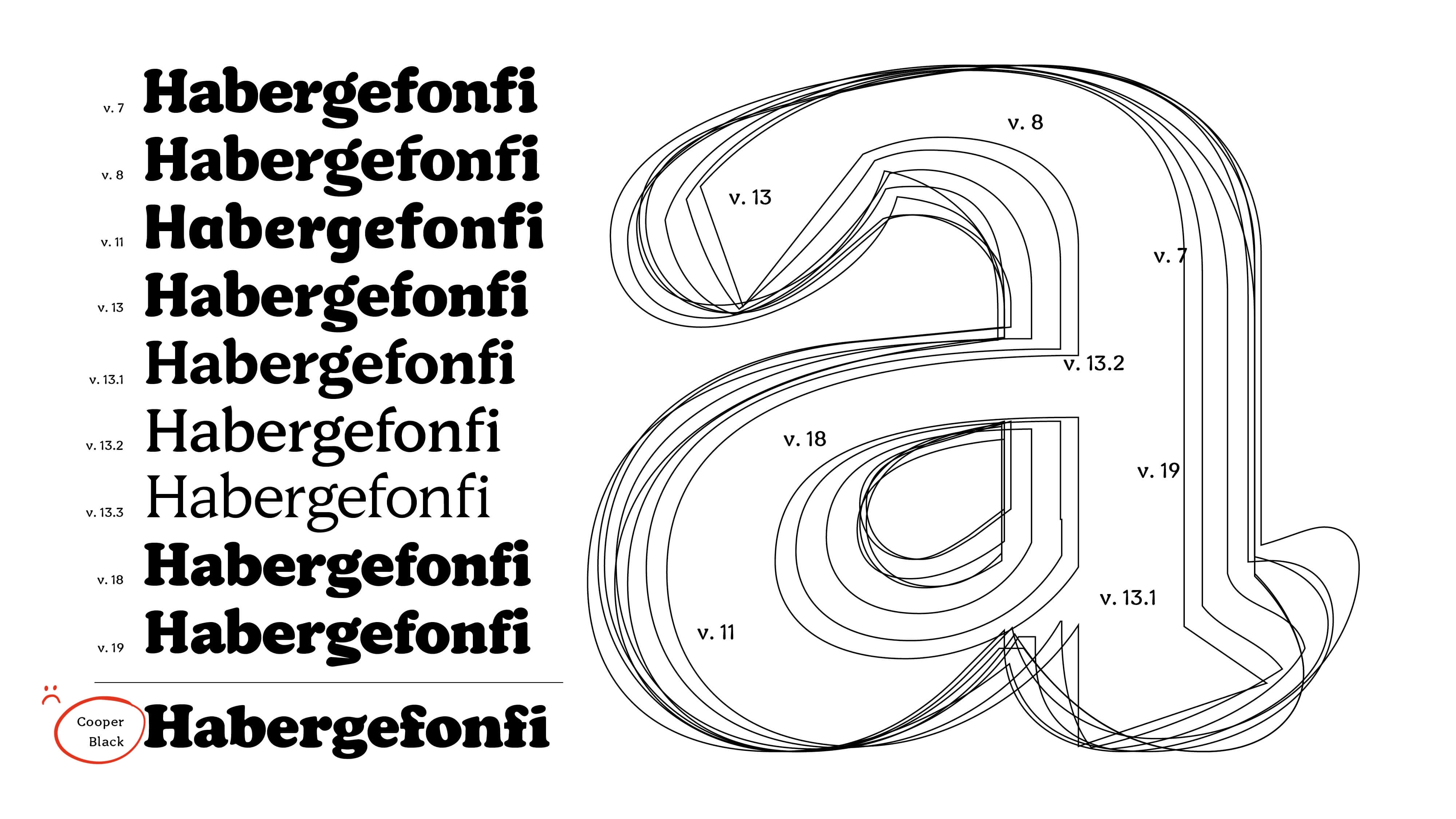
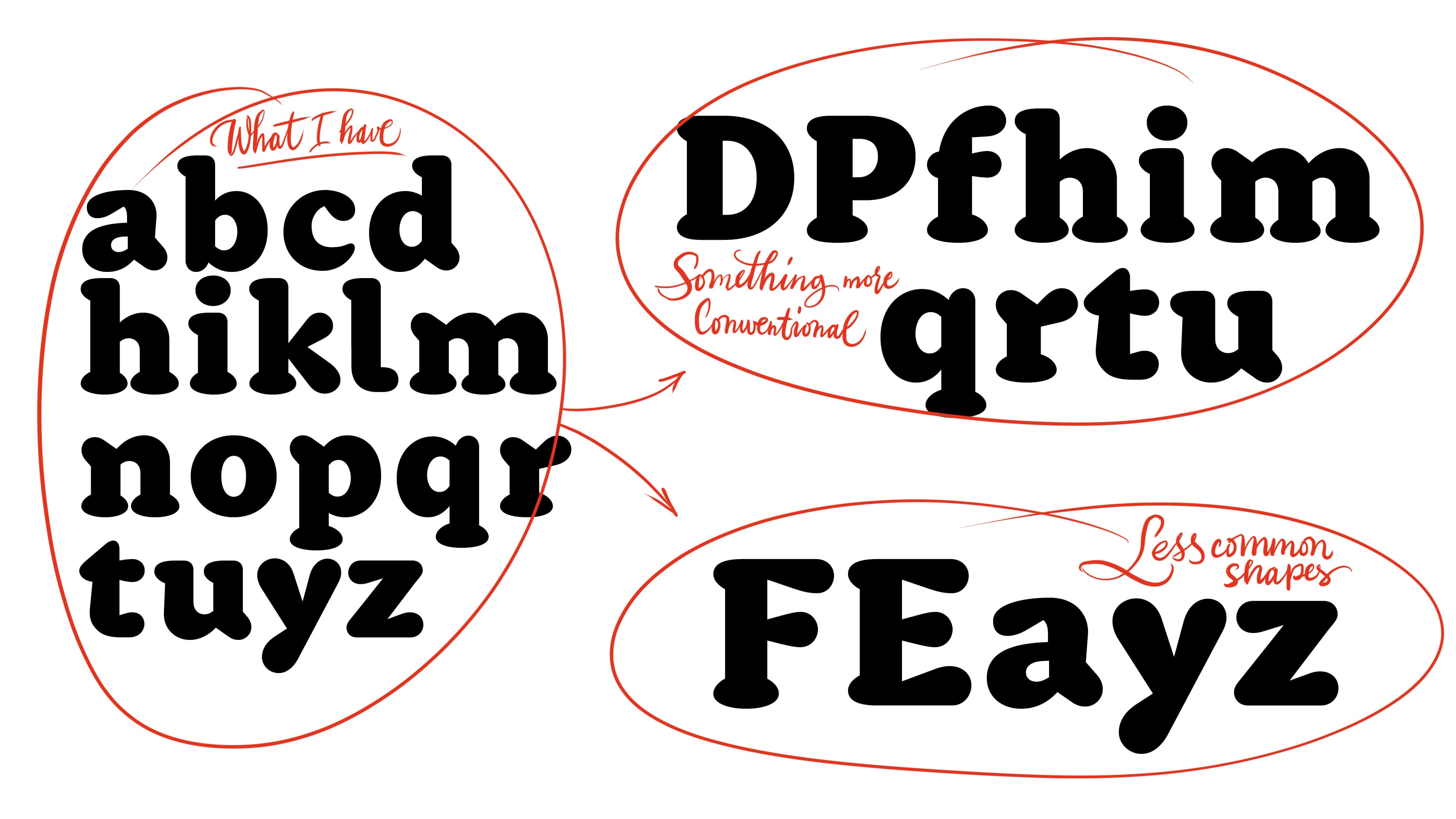
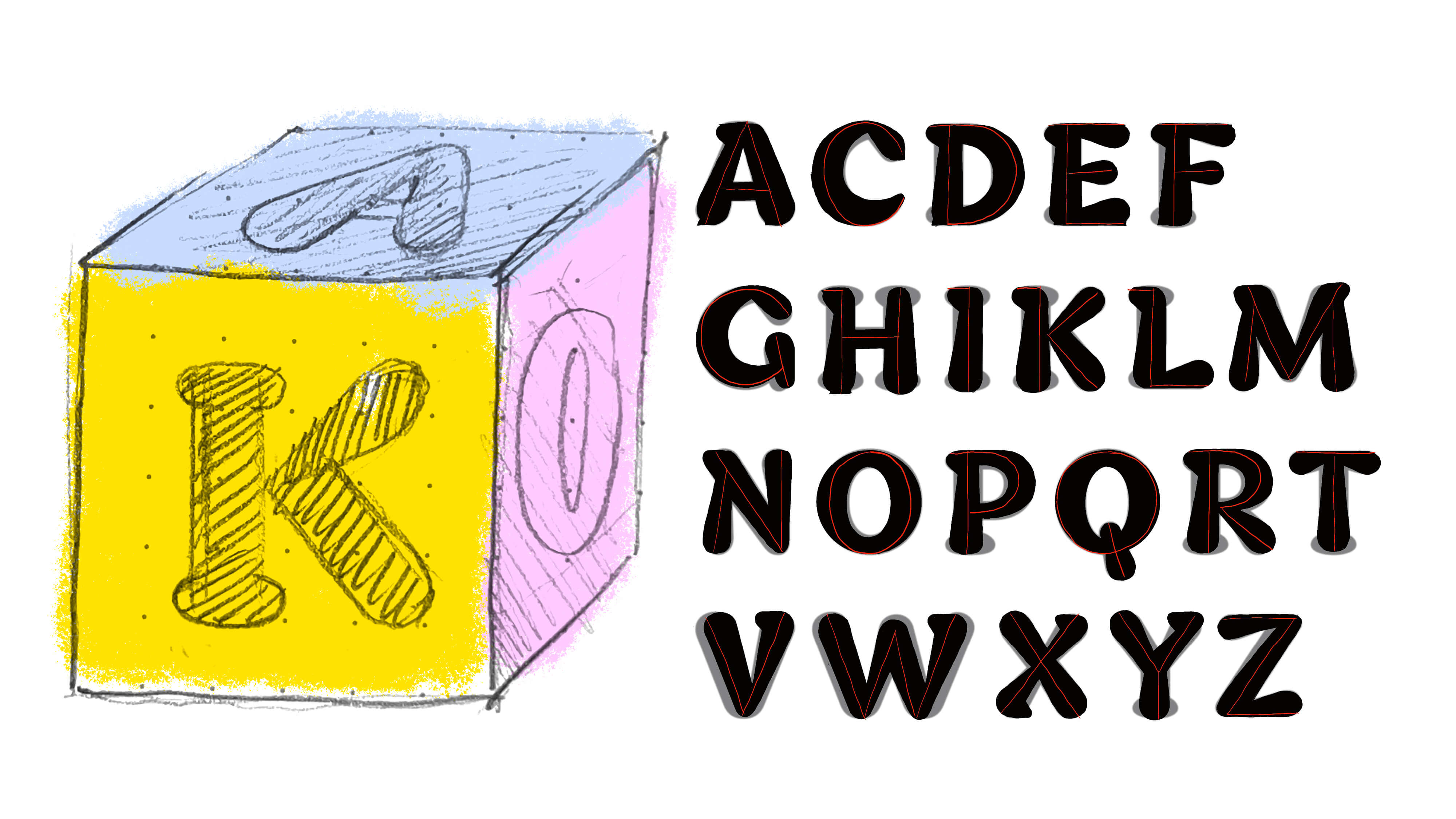
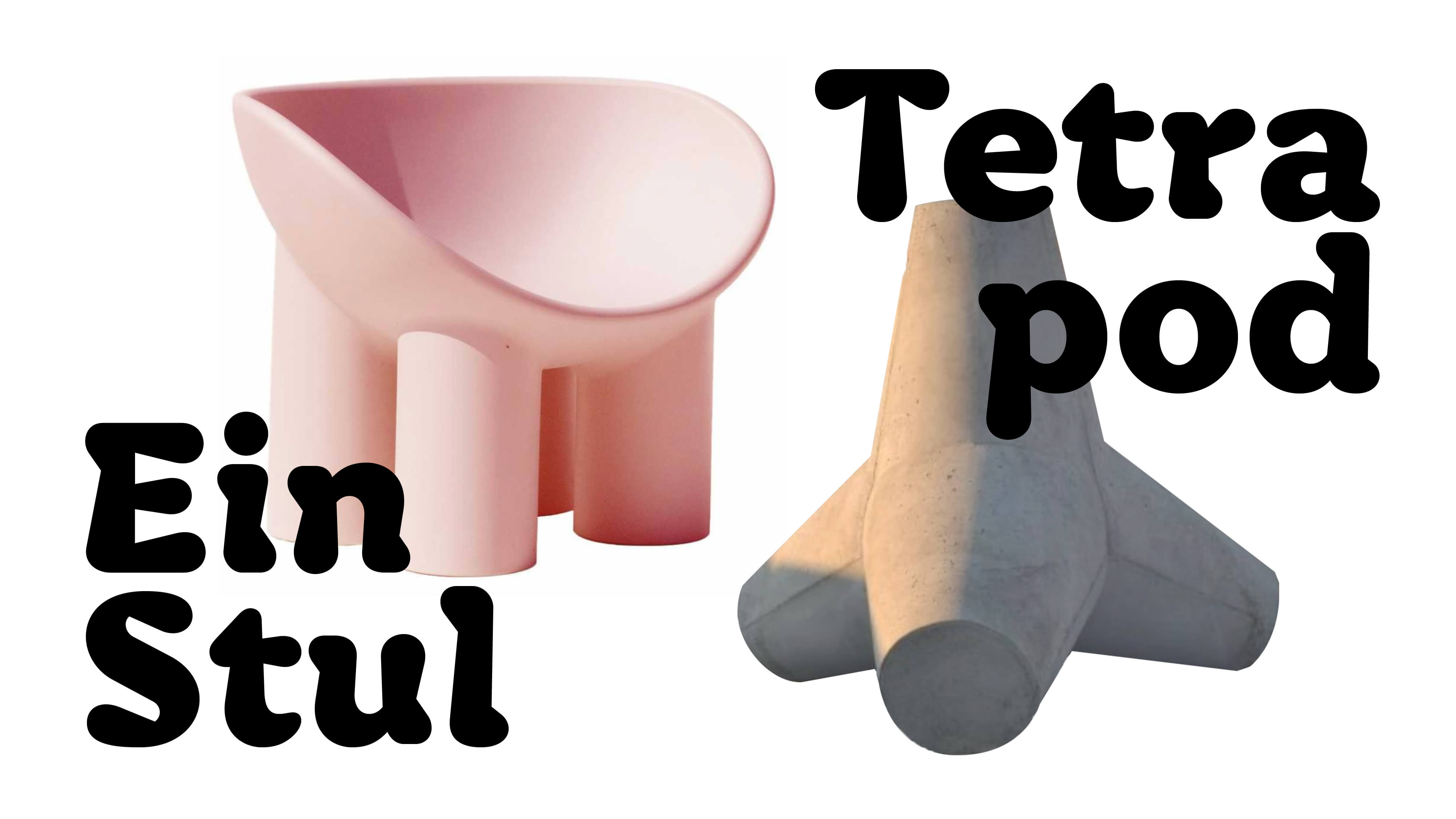
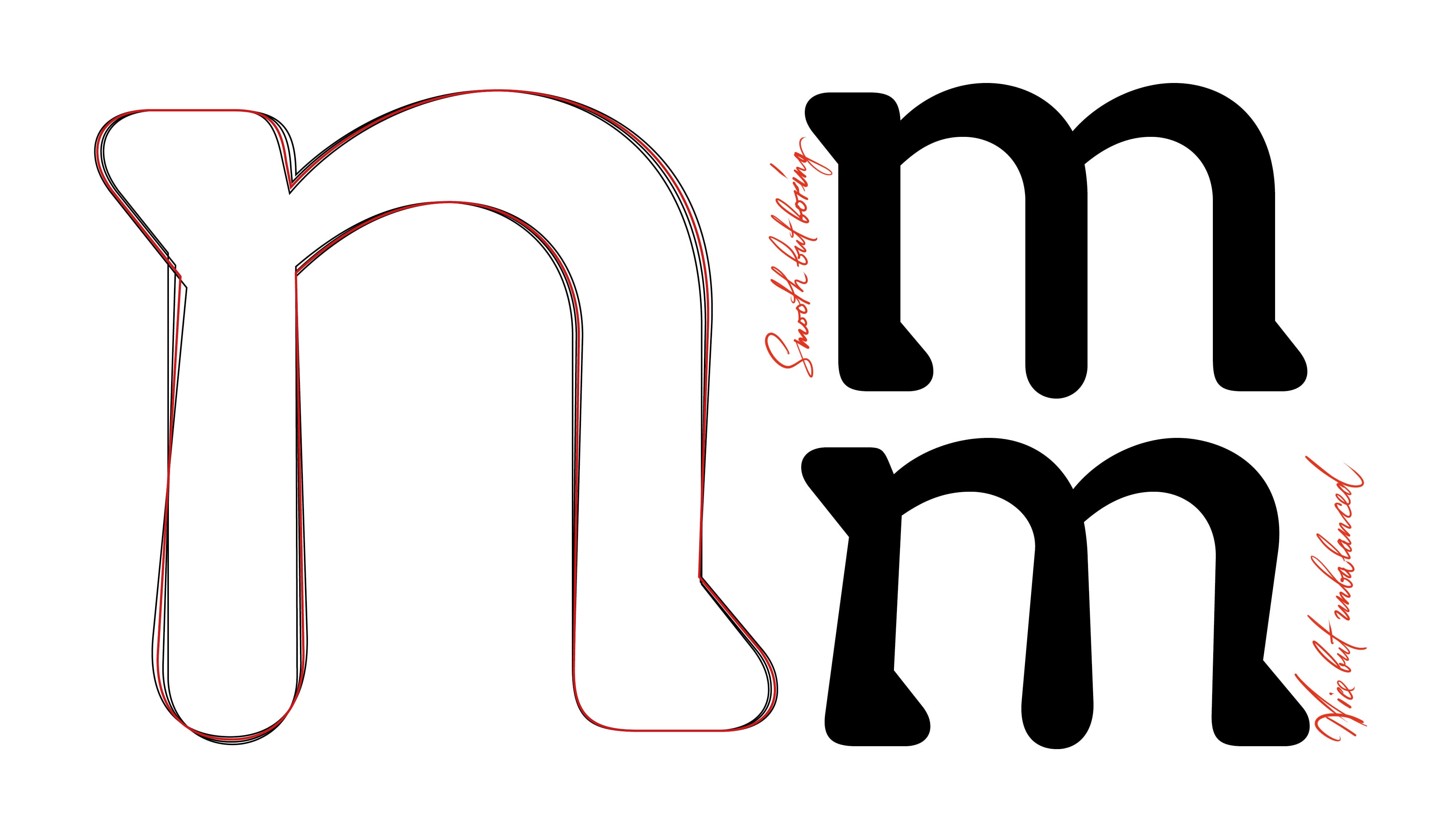
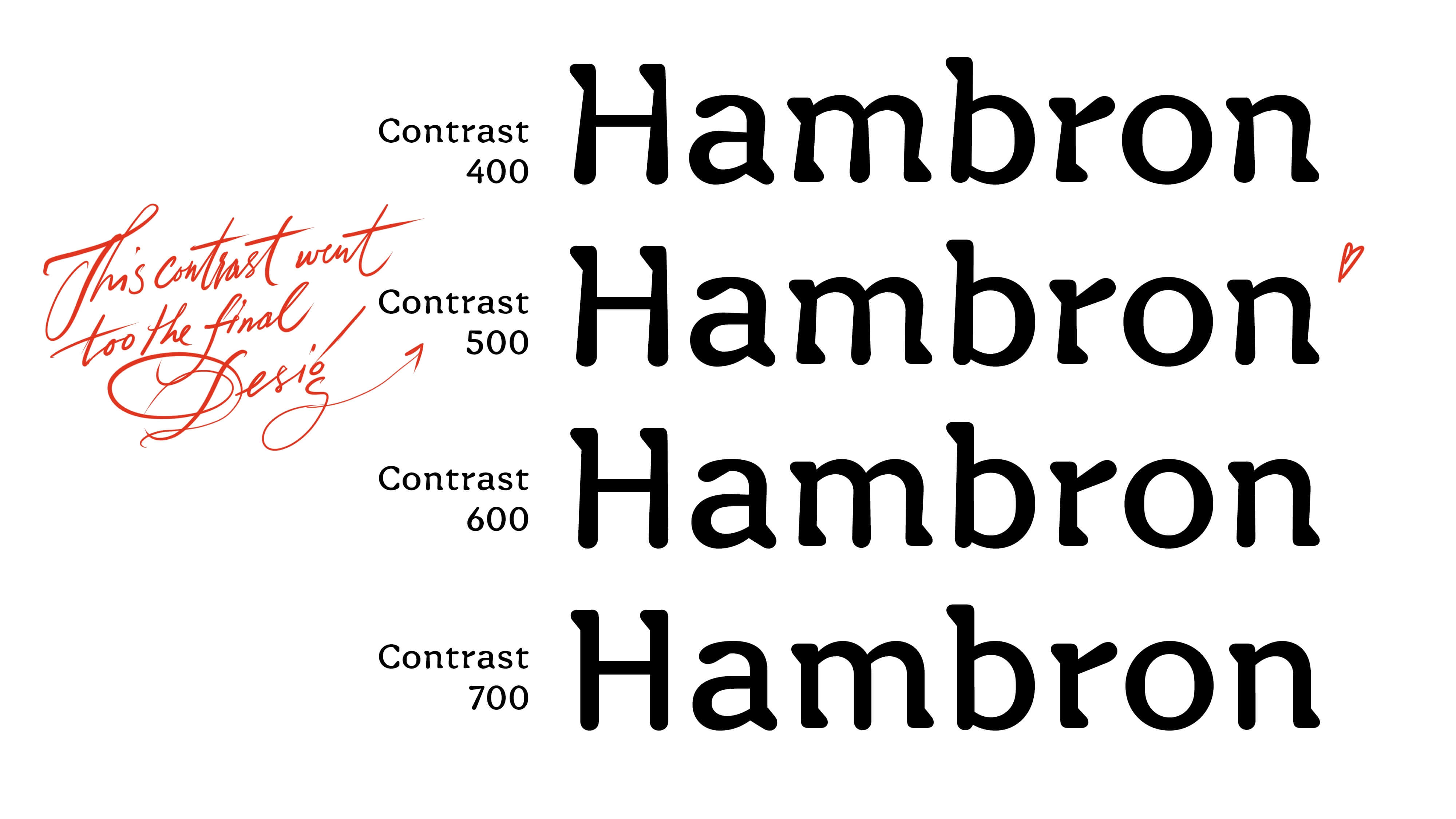
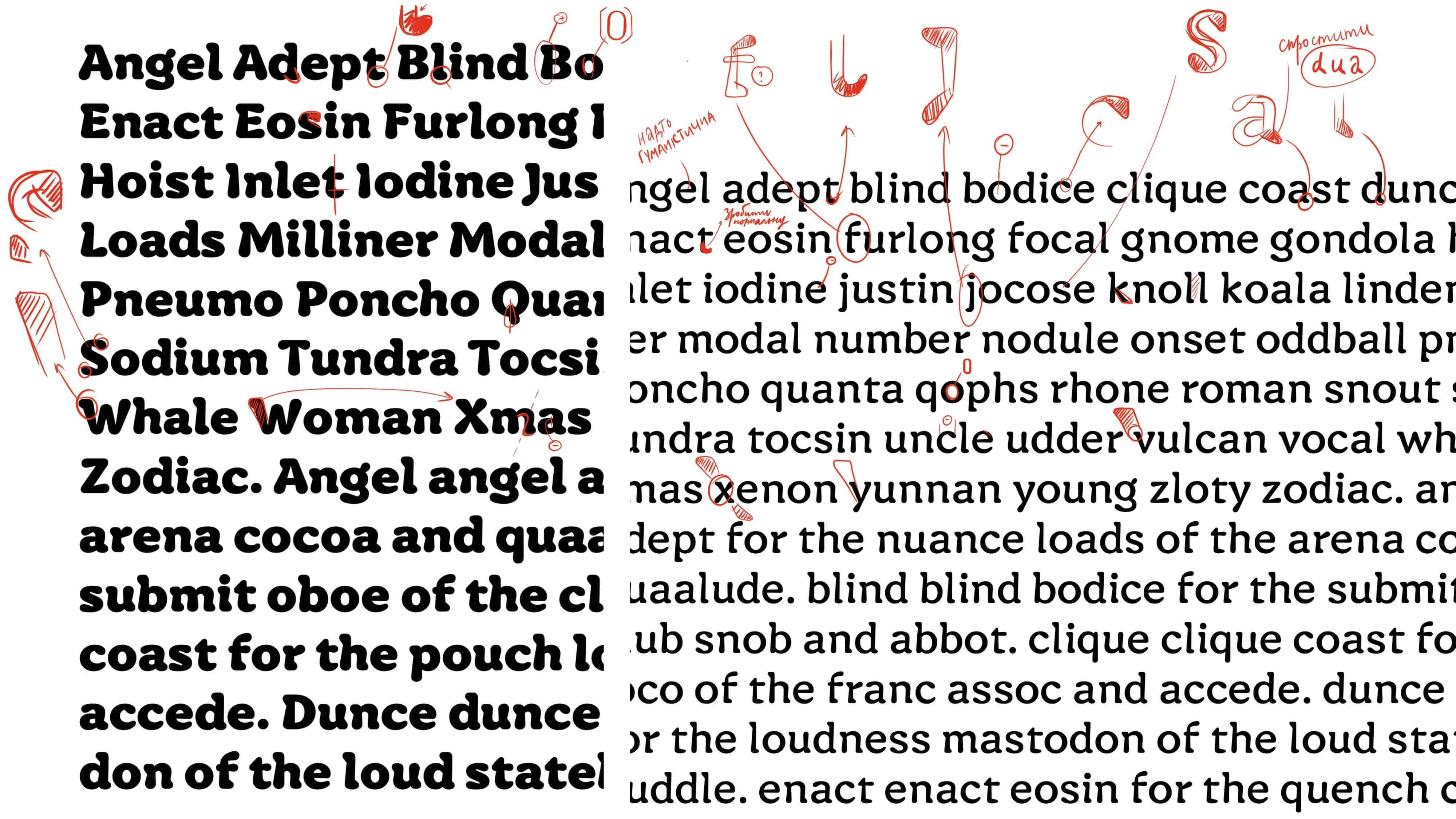
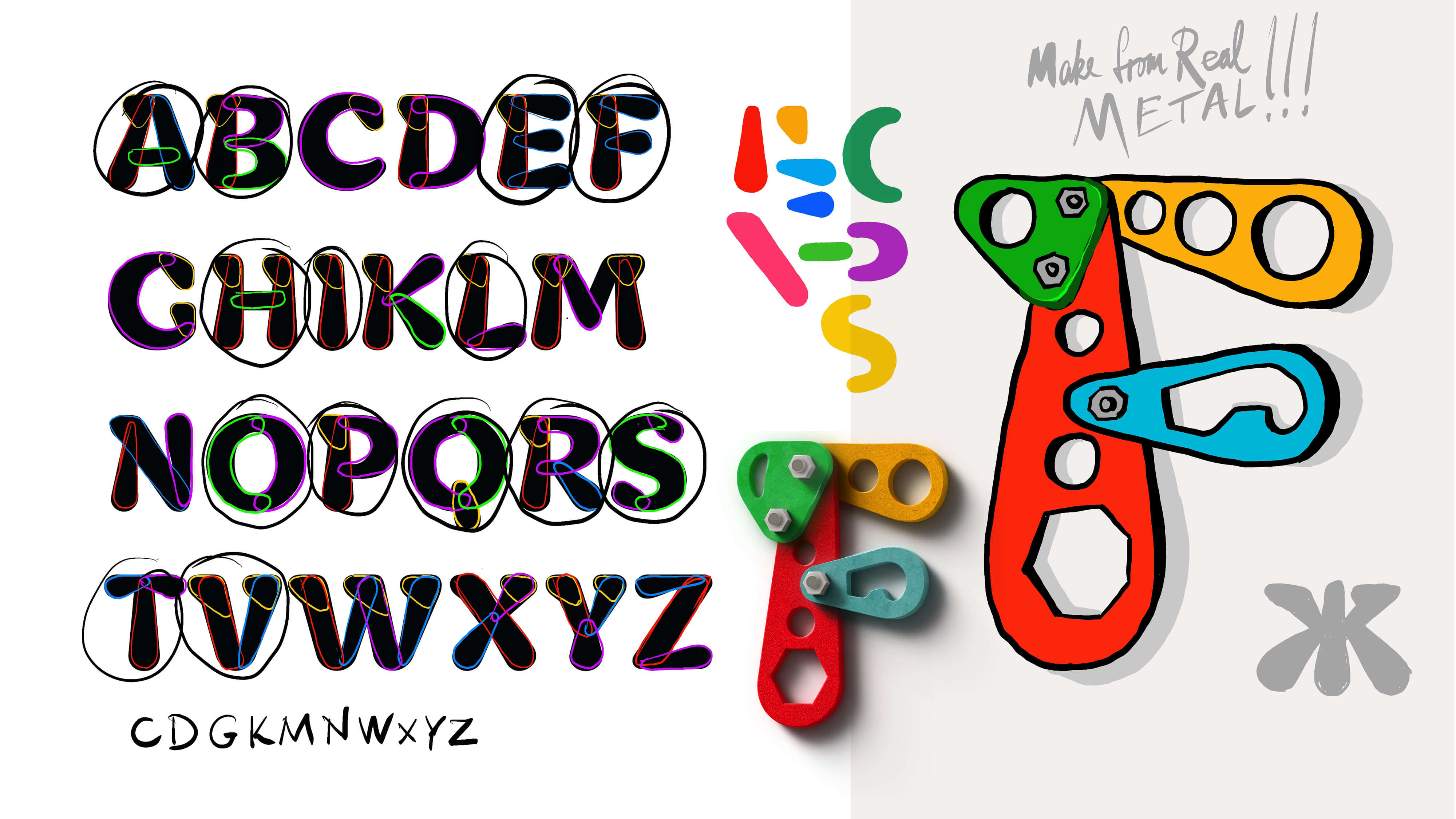
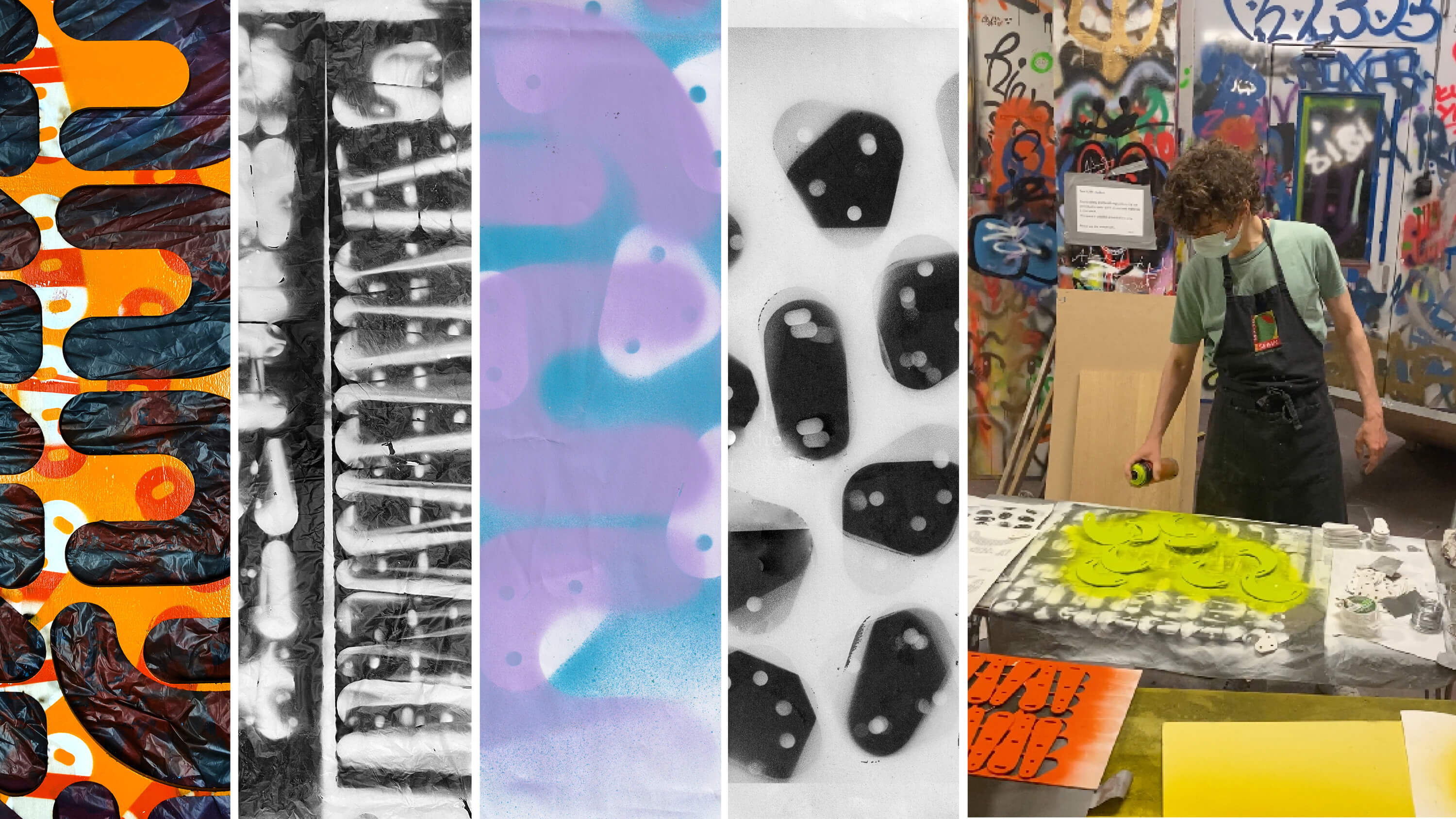
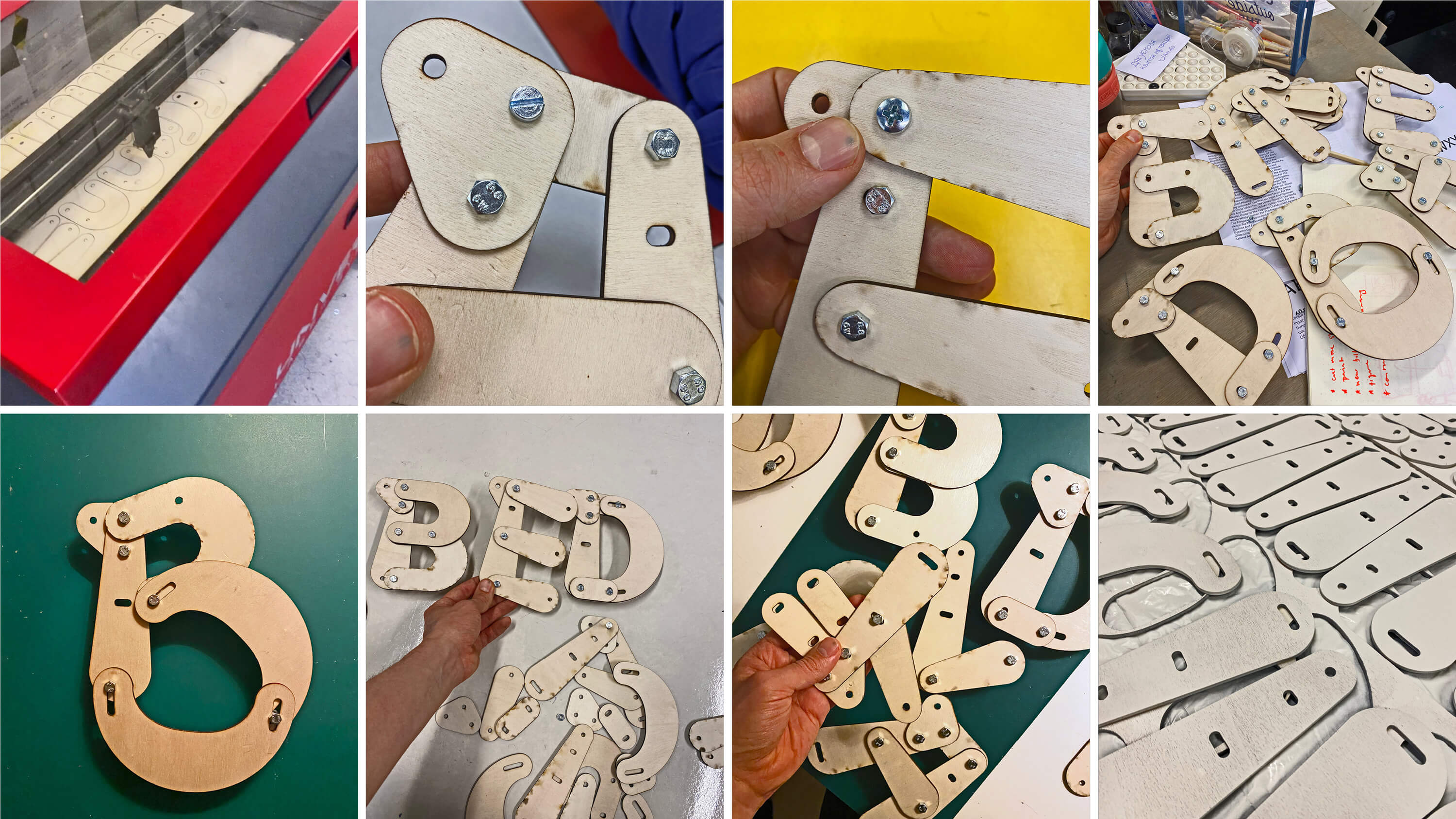
Currently, the digital part of Bibubator is a compact system with one weight axis: Regular, Bold, and Black. Though designed for display, the text style is functional even at small sizes. Bold is the most distinctive, expressing the main concept through its contrast of forms and counterforms. Black is part of the same system but appears softer and more playful.
Additionally, when it comes to Bibubator, “playing with type” goes further than usual — the system includes a 3D master: a wooden construction set of ten modules that build the full uppercase Latin alphabet. Its well-designed construction logic invites hands-on exploring and experimenting with letterforms.
